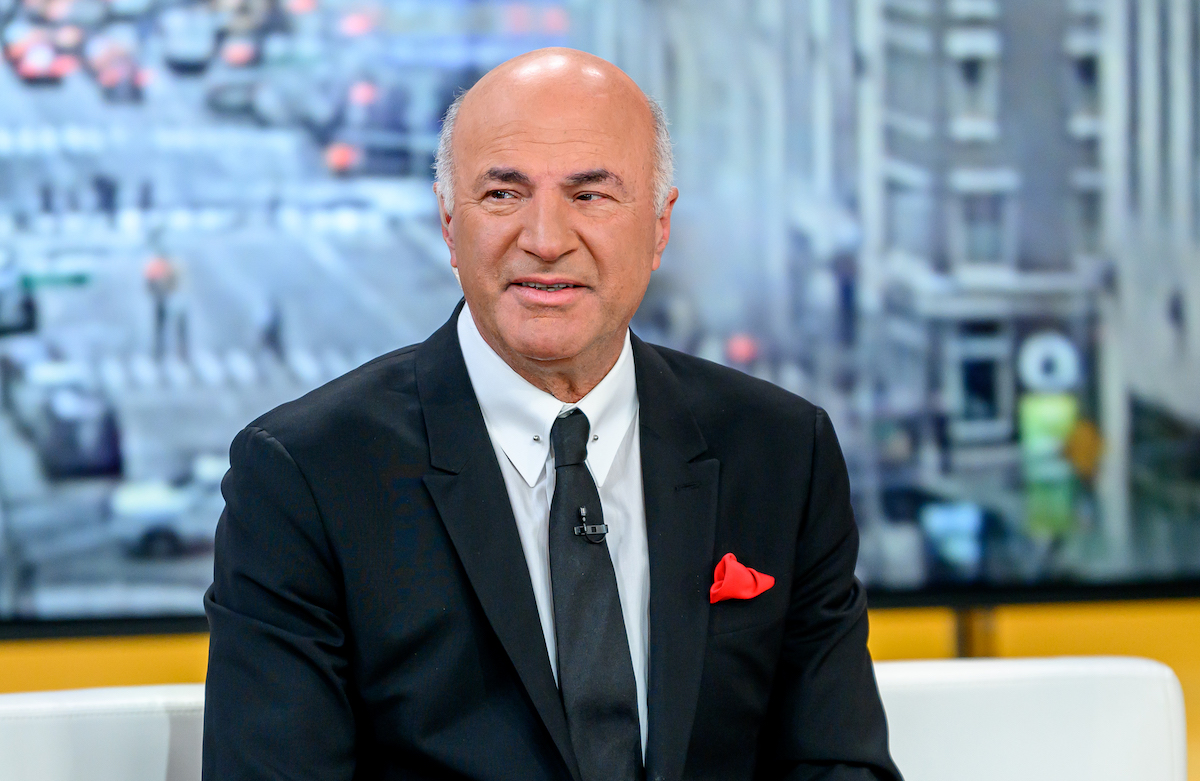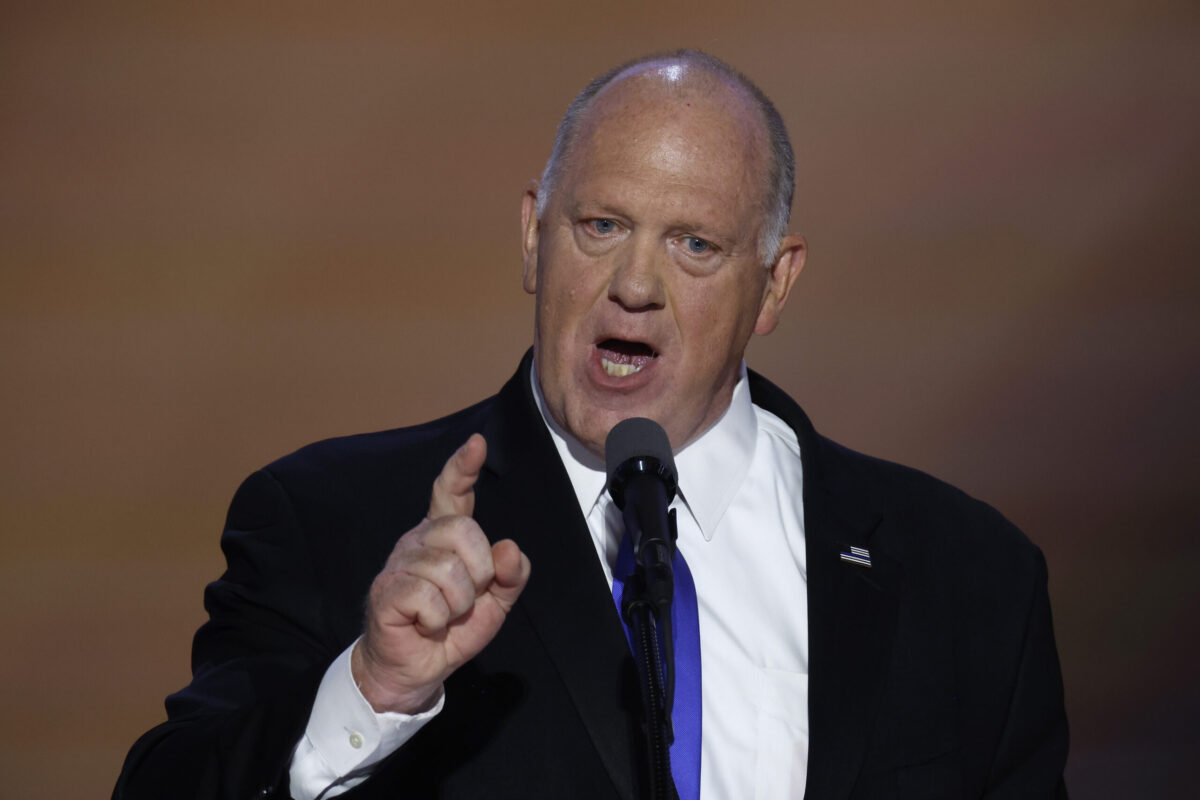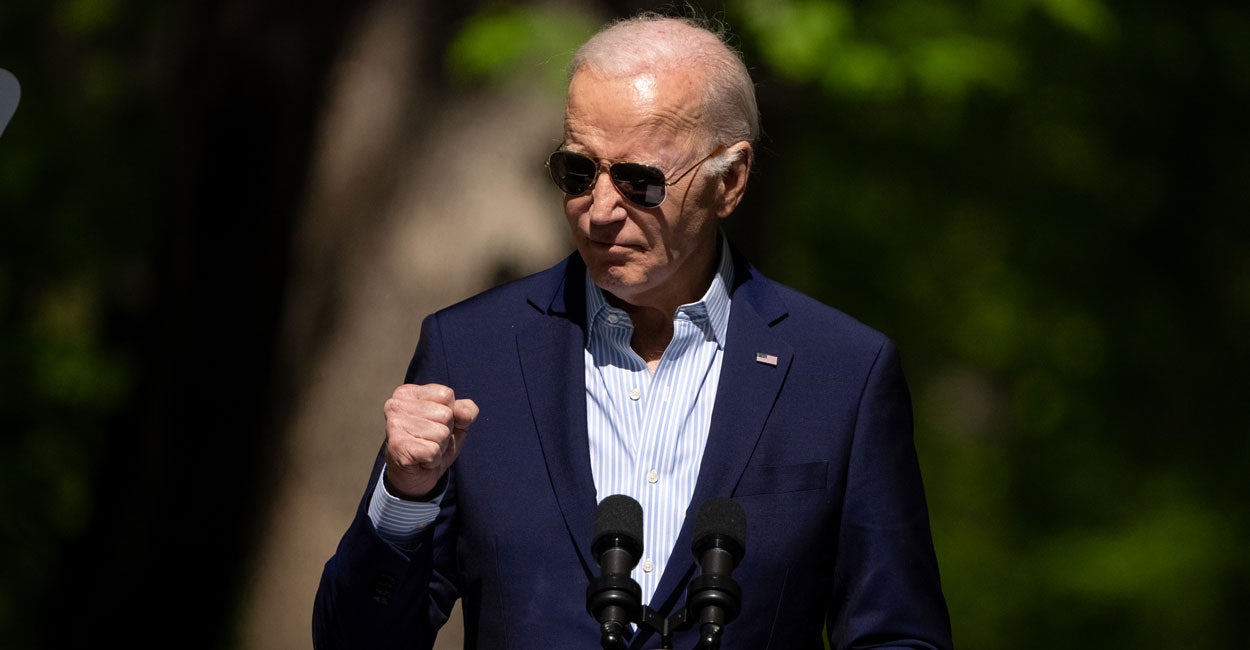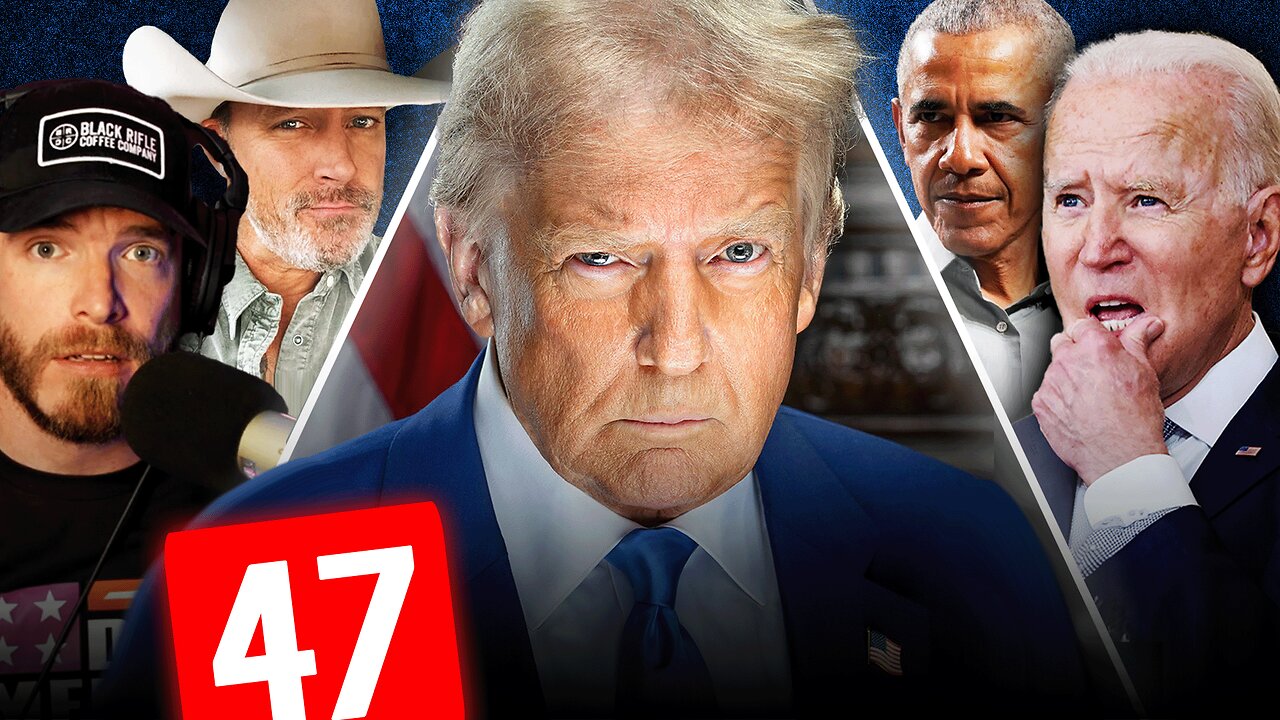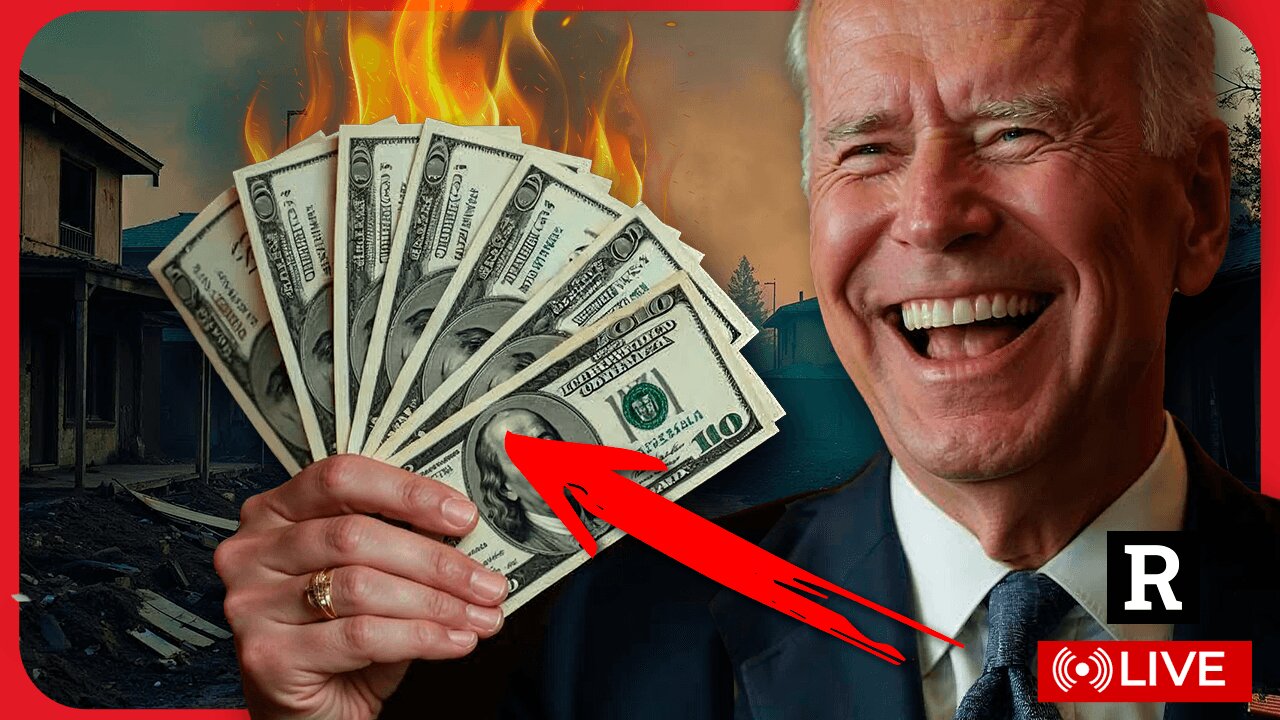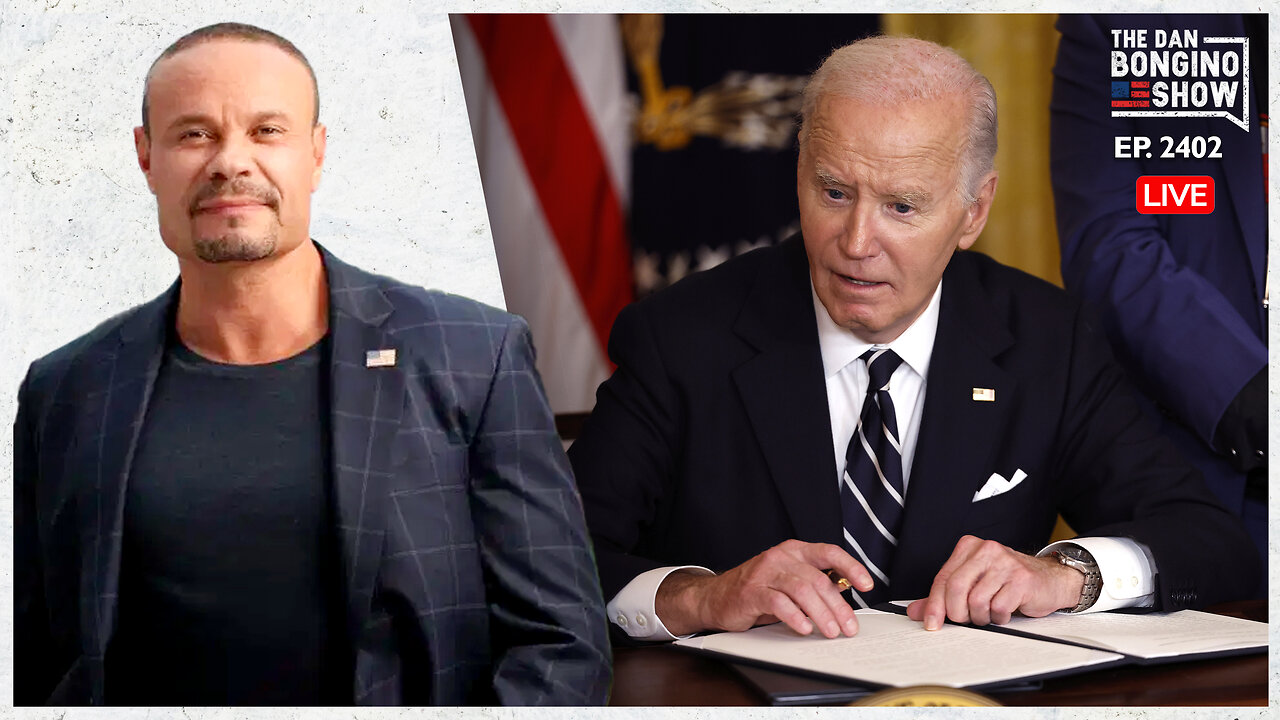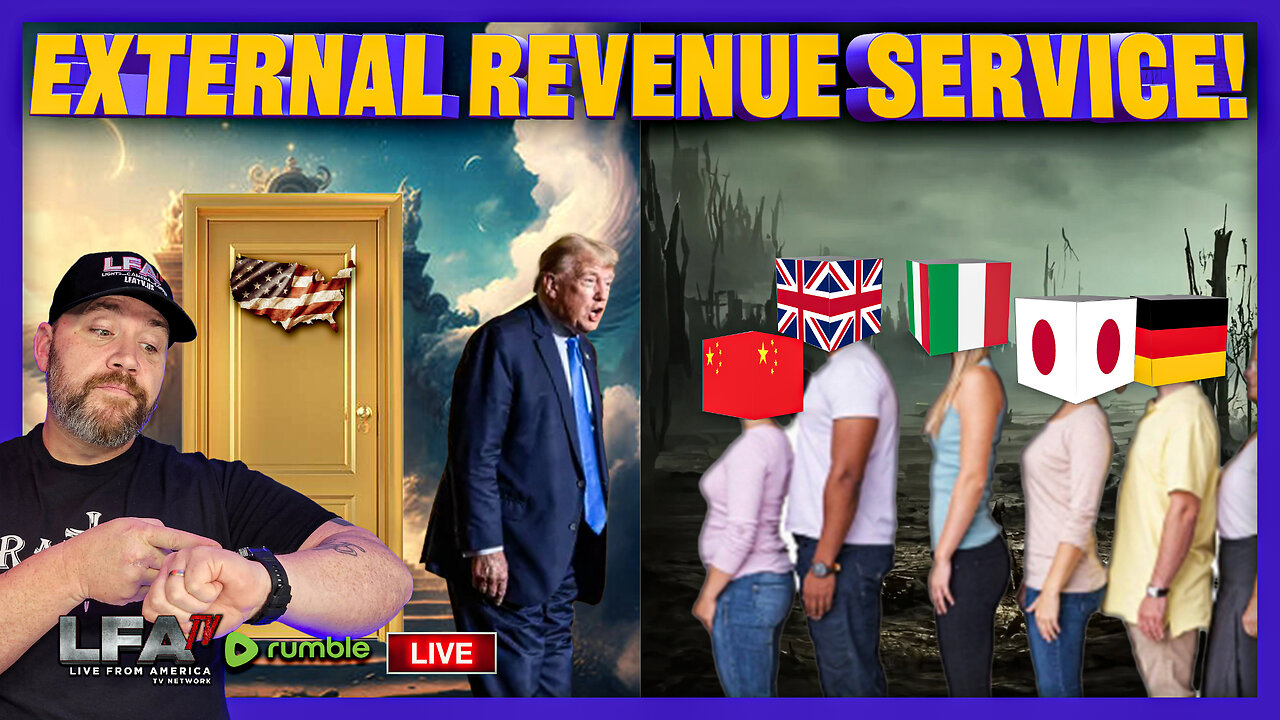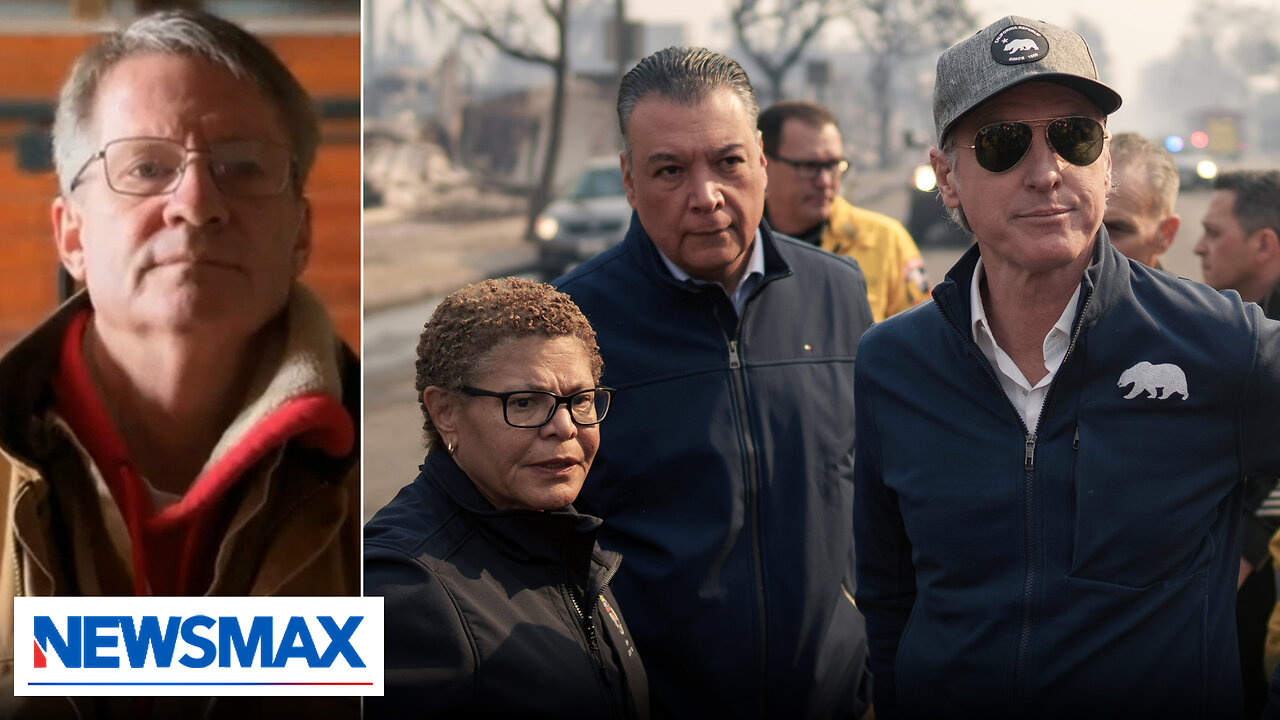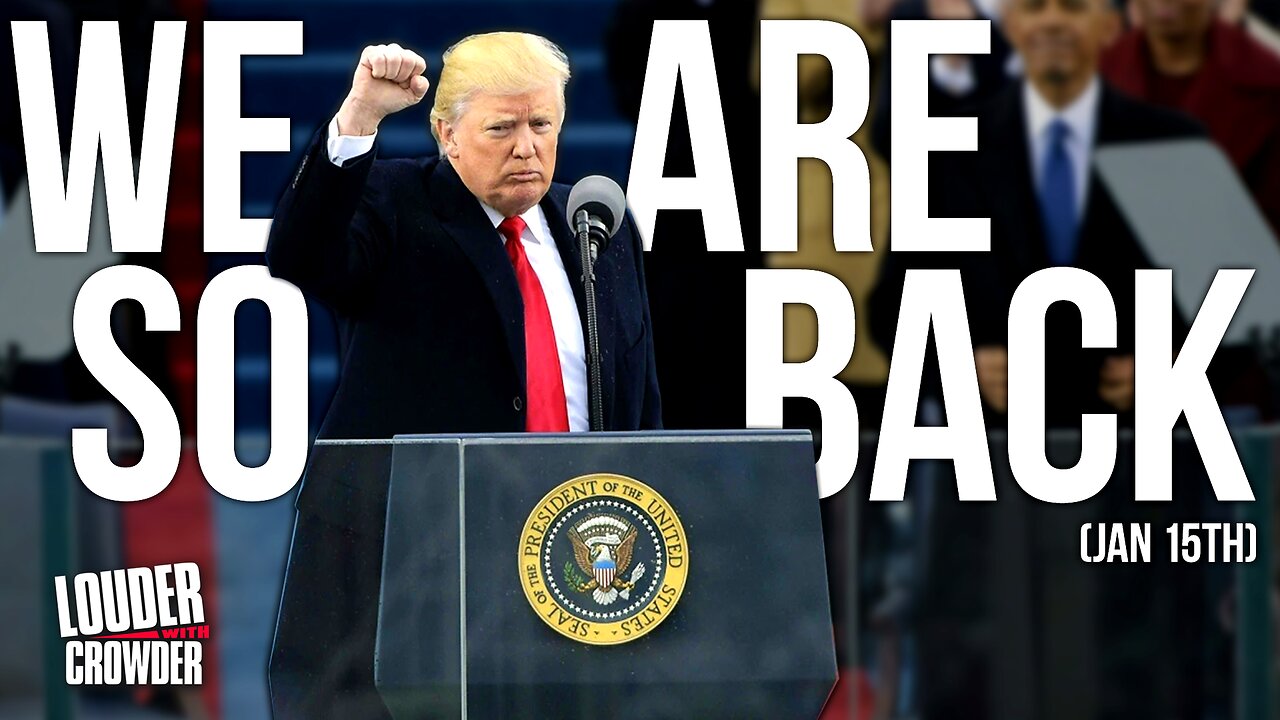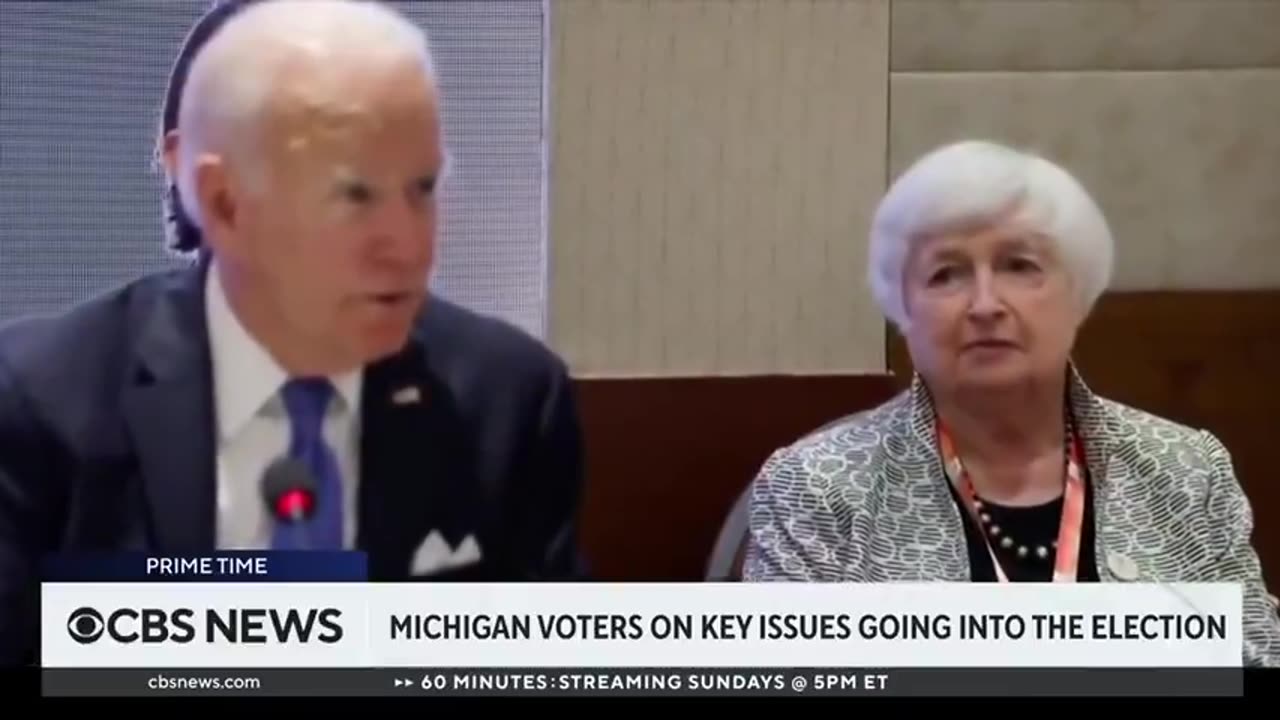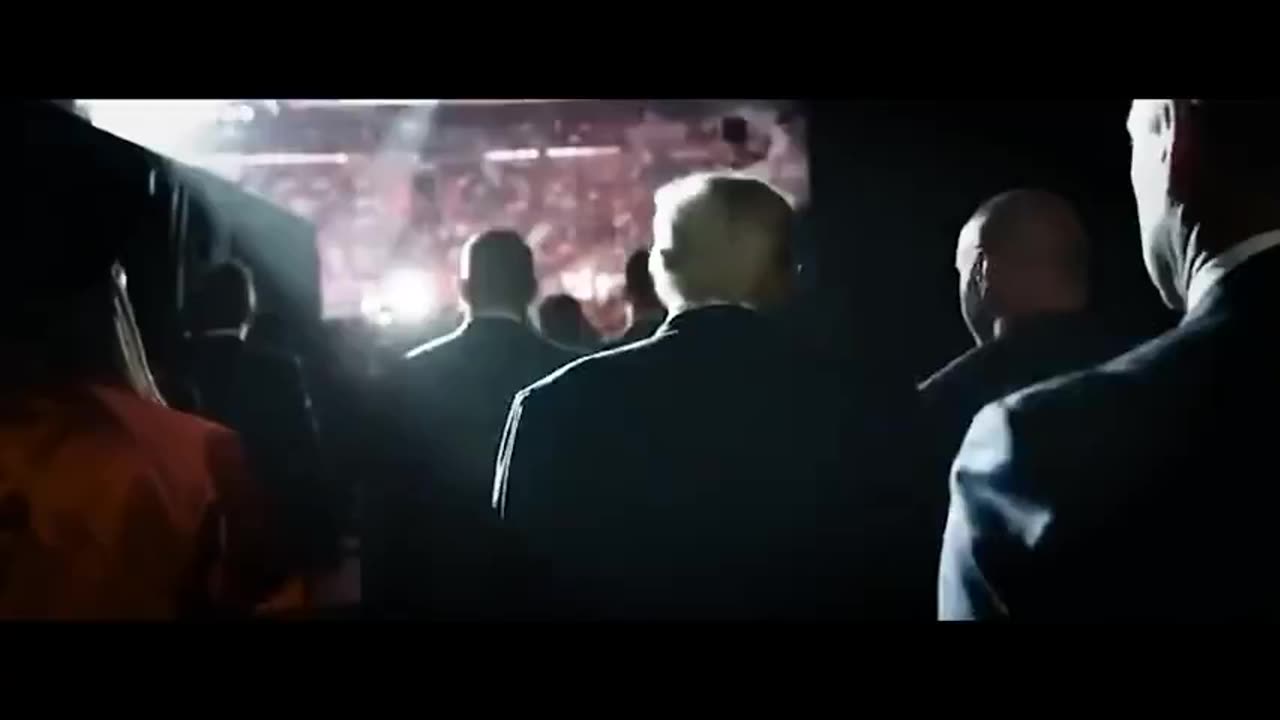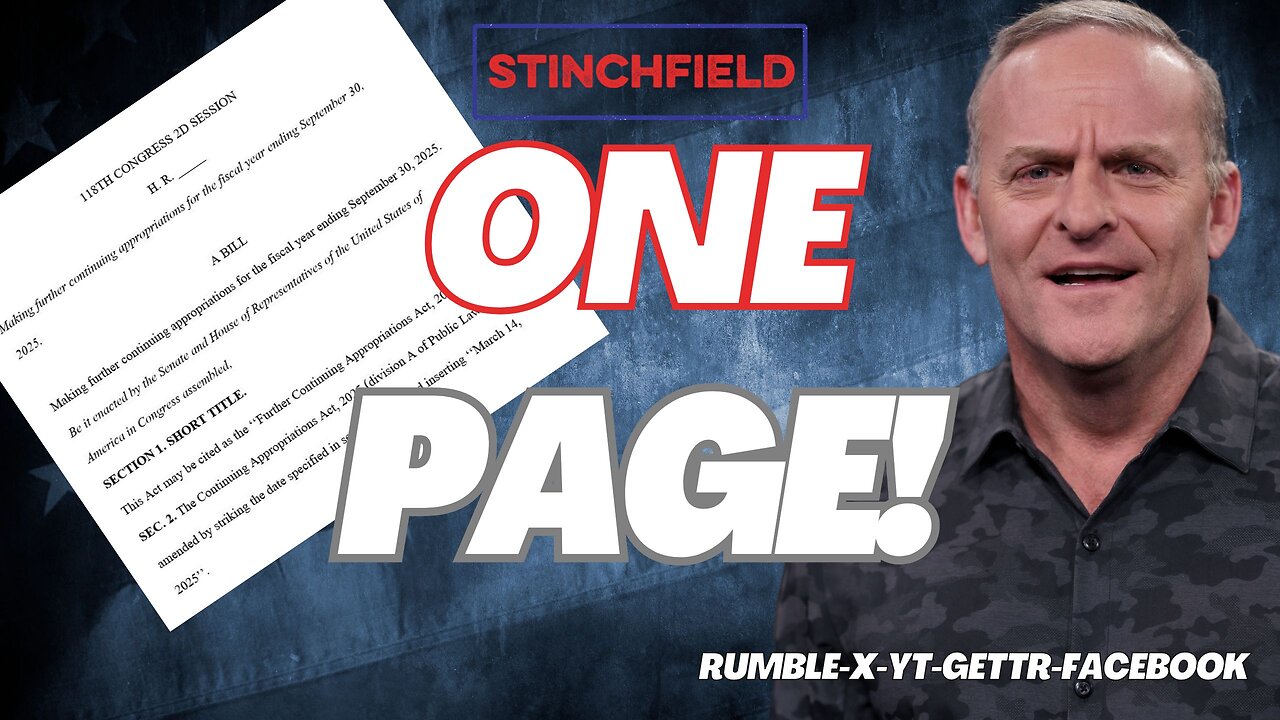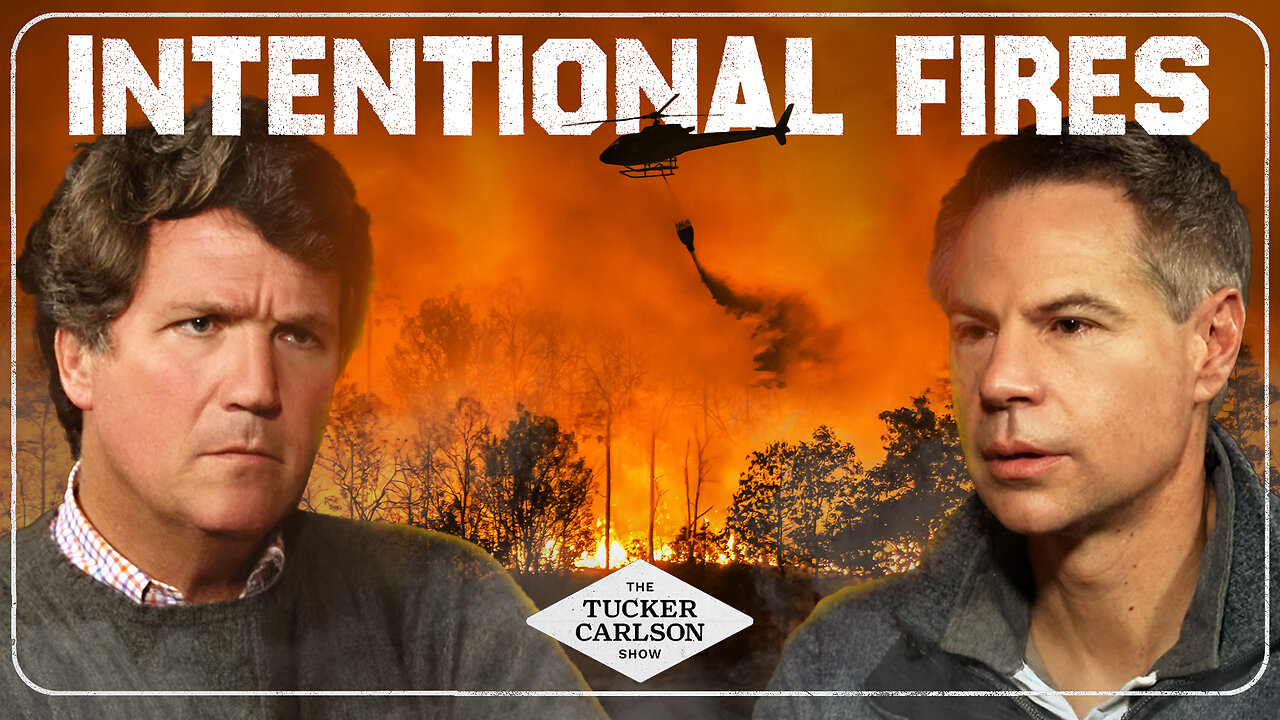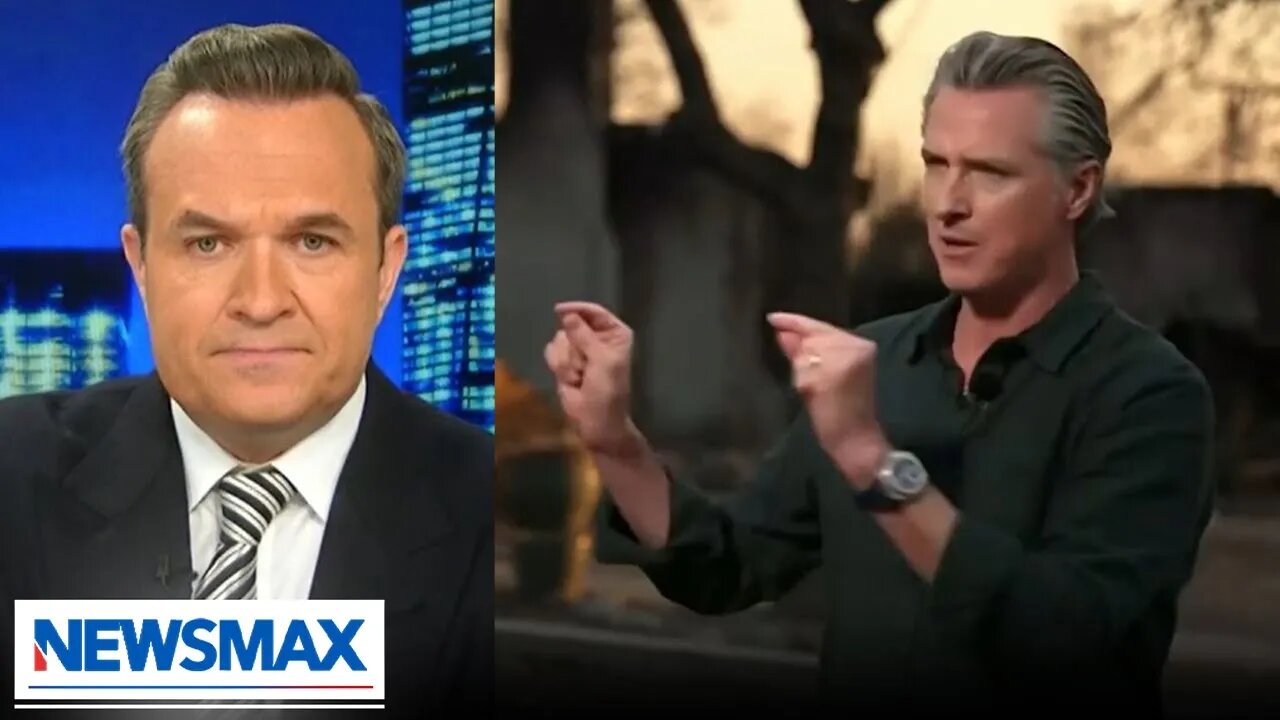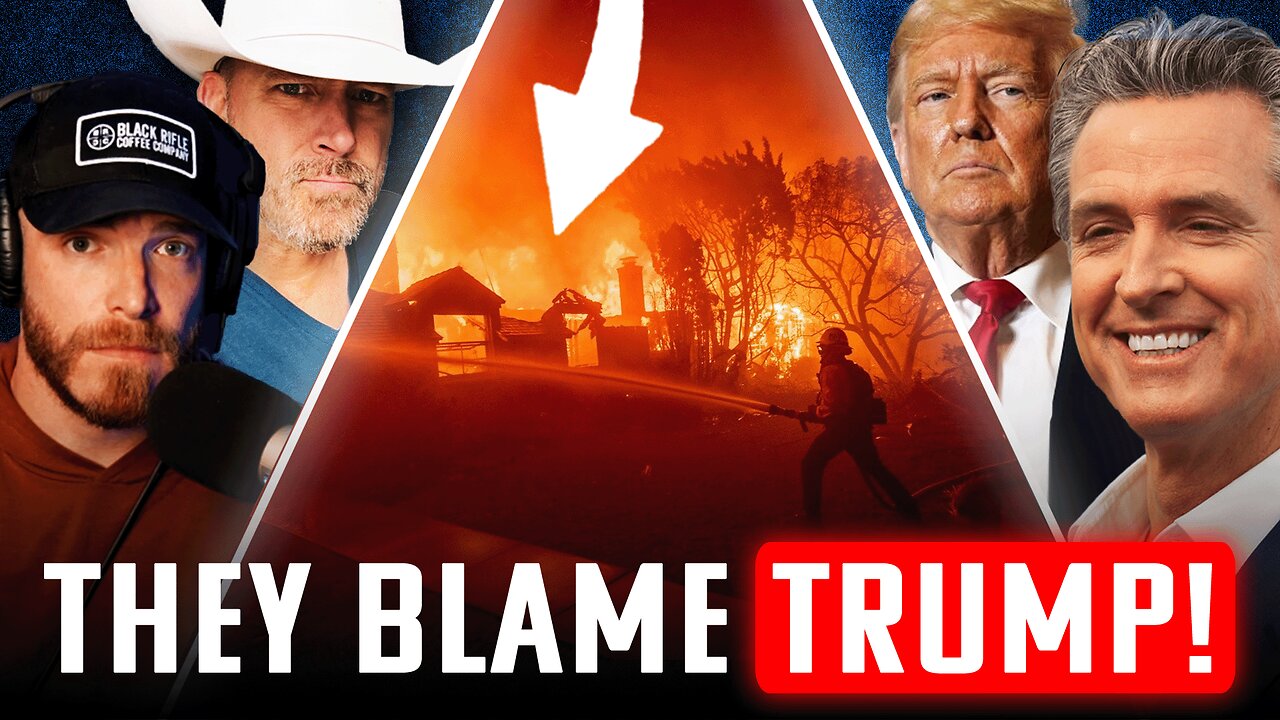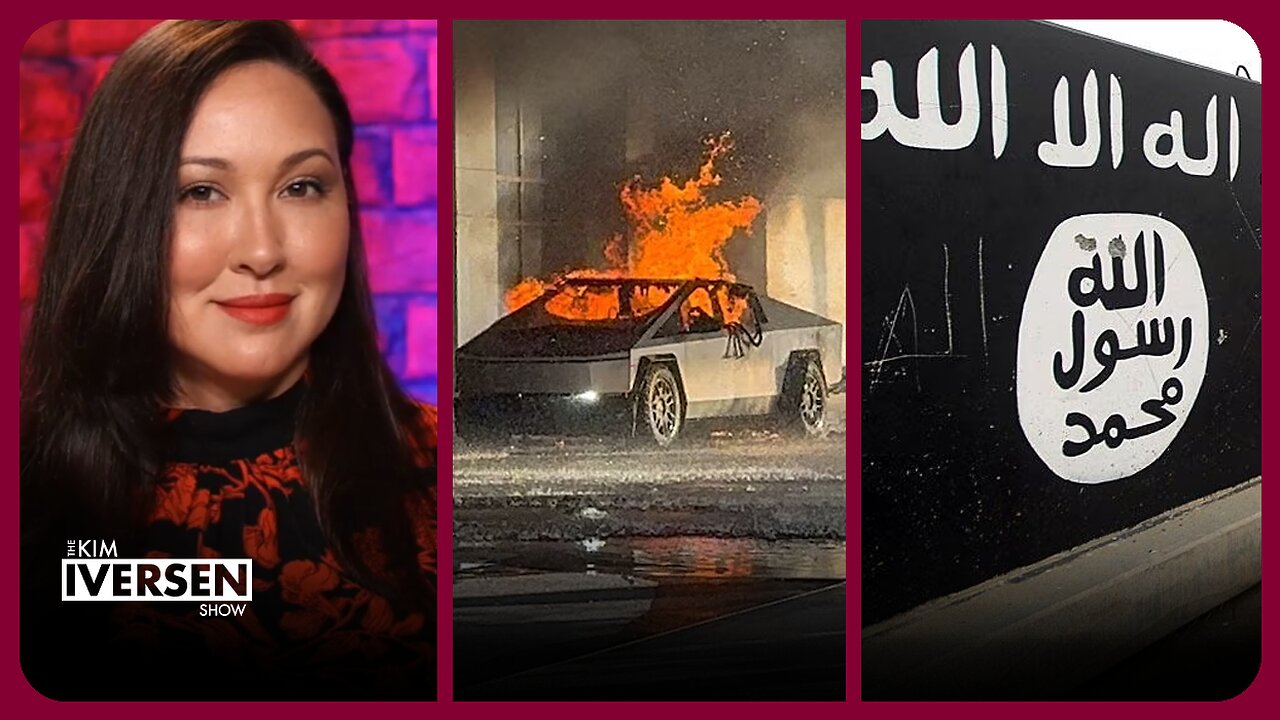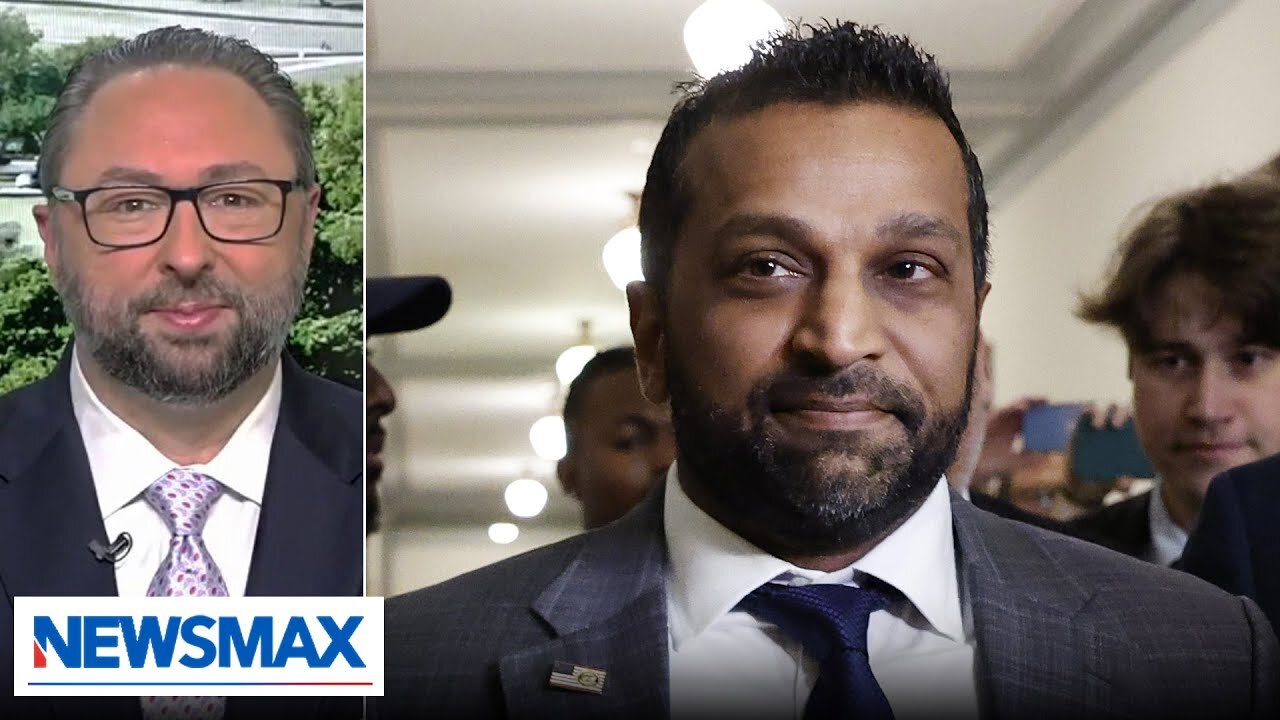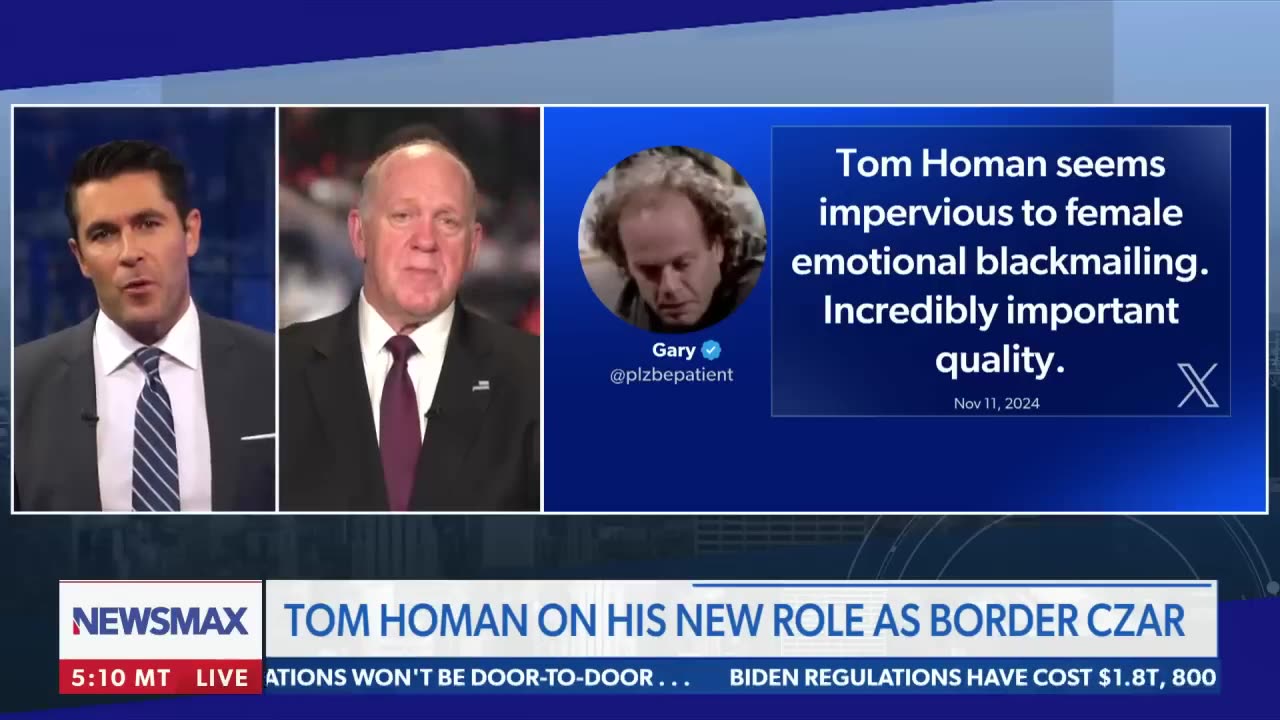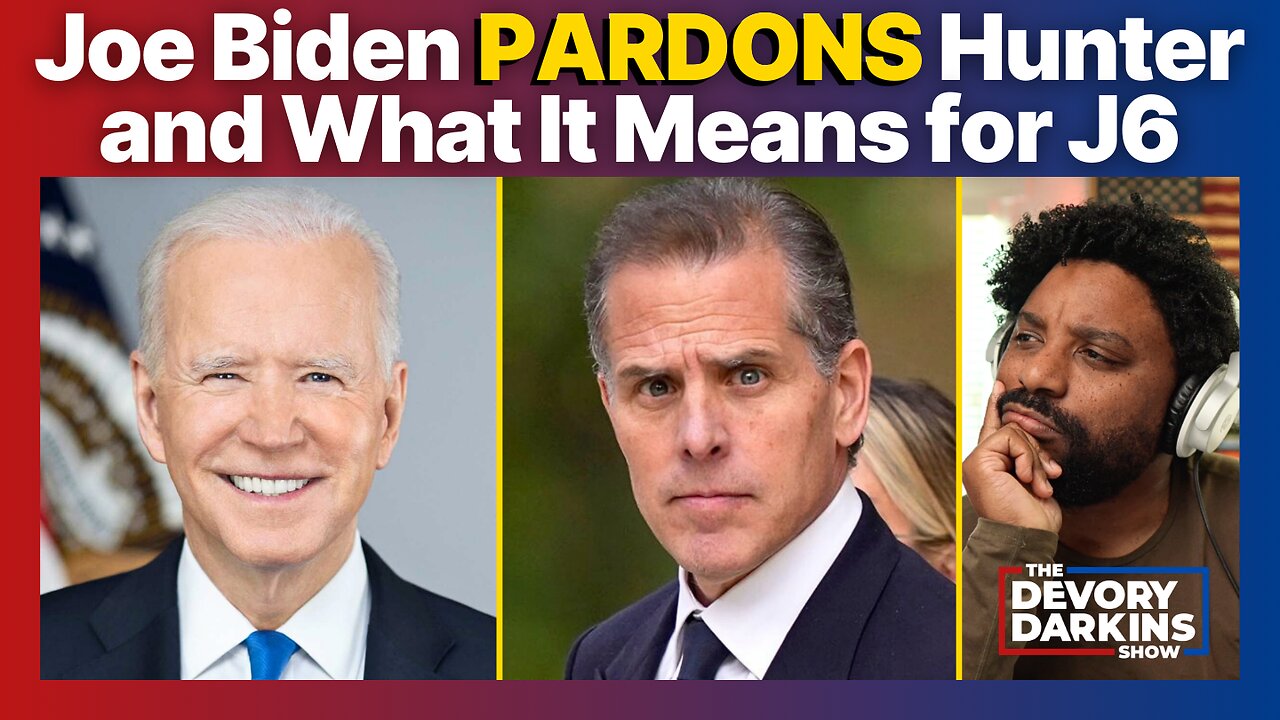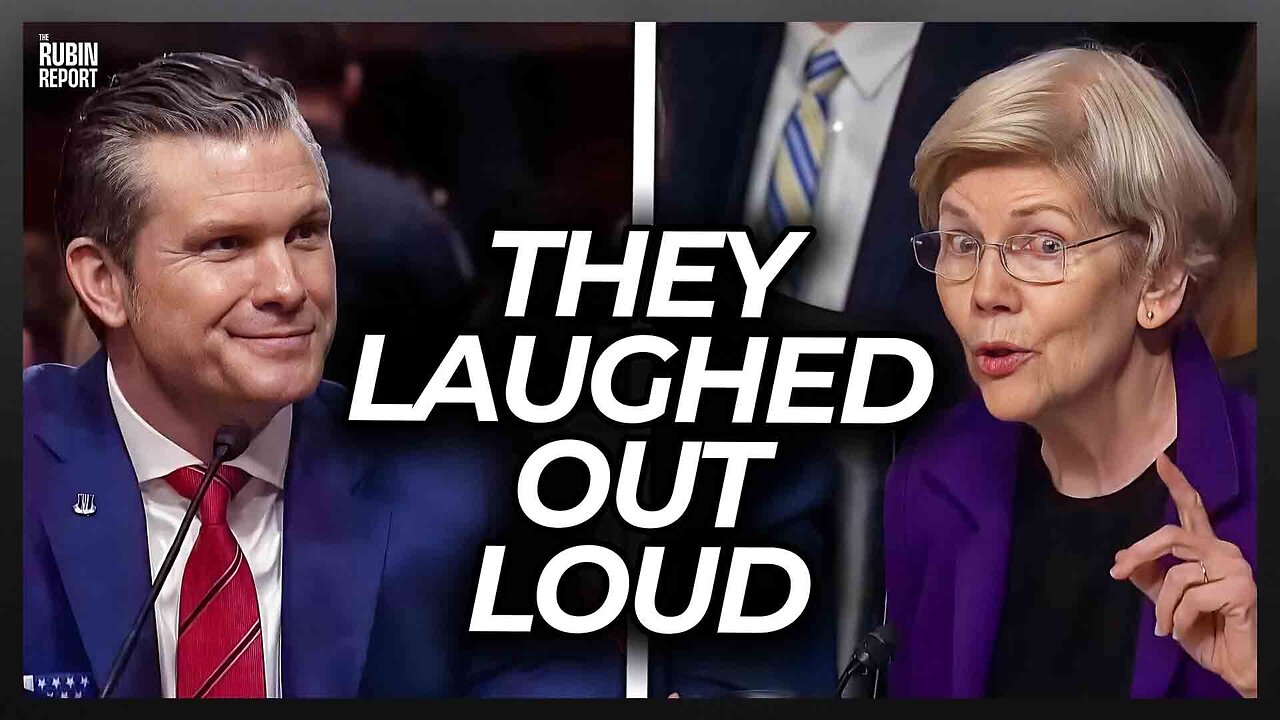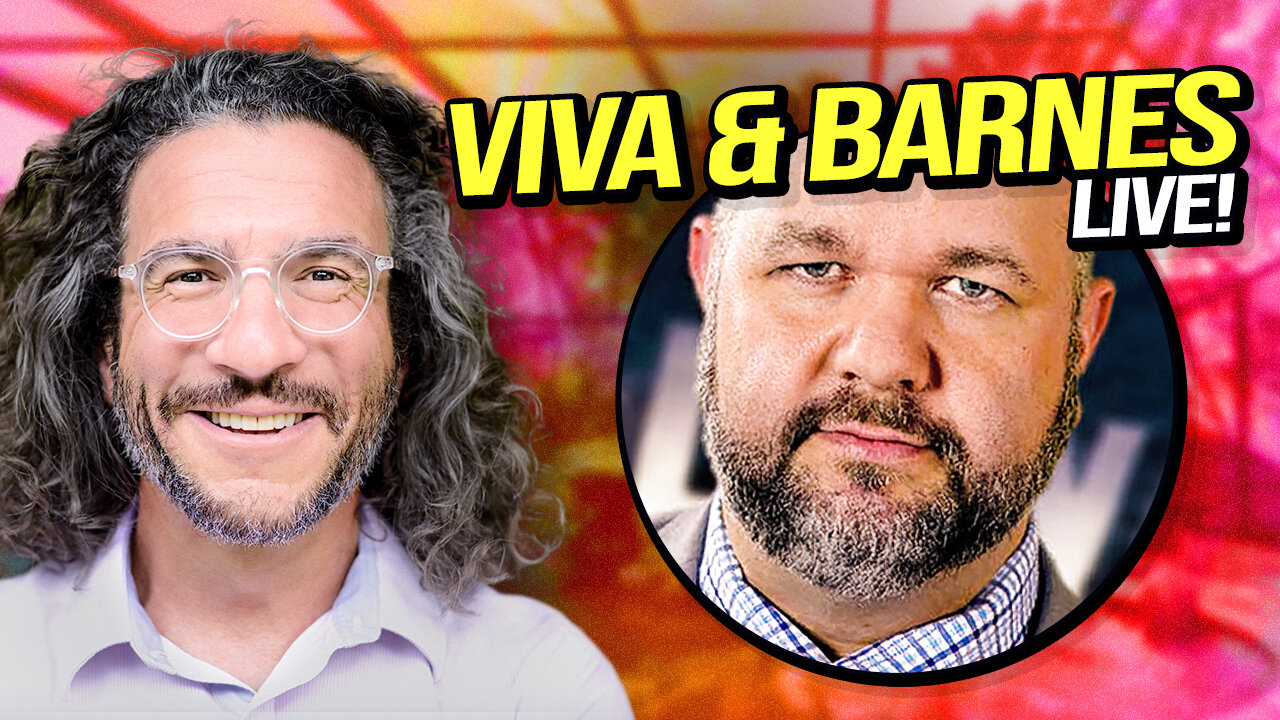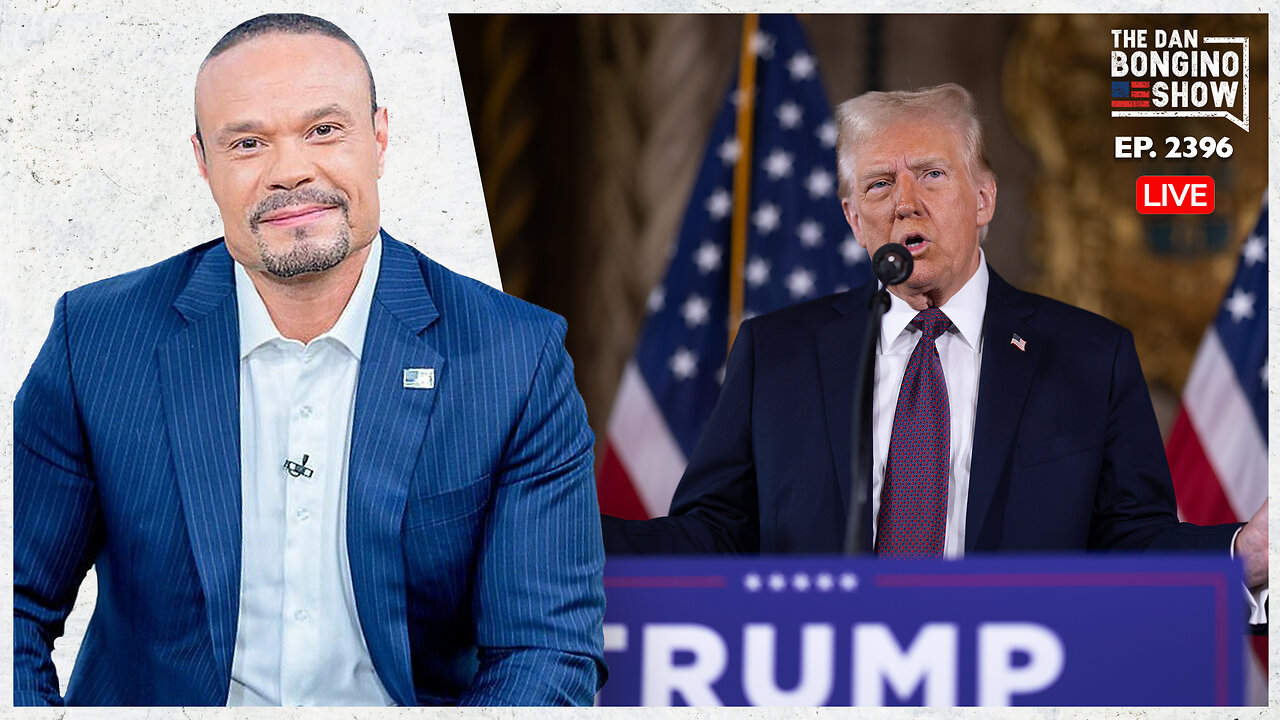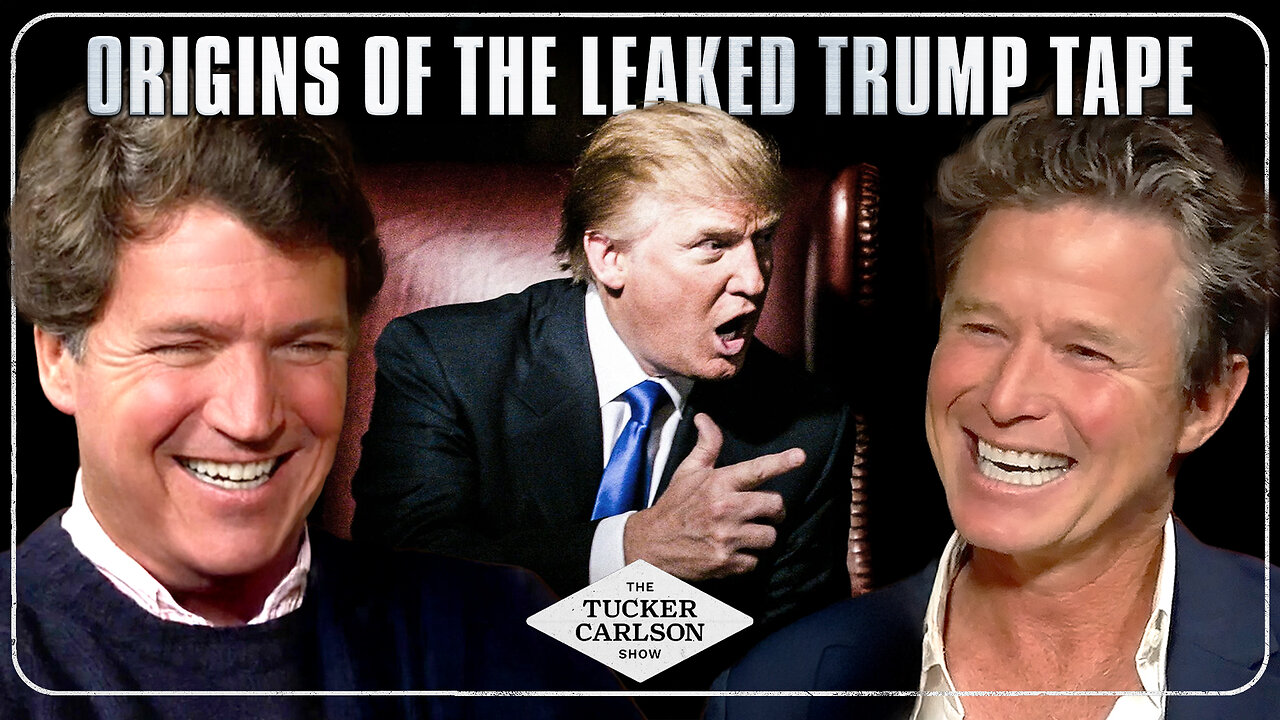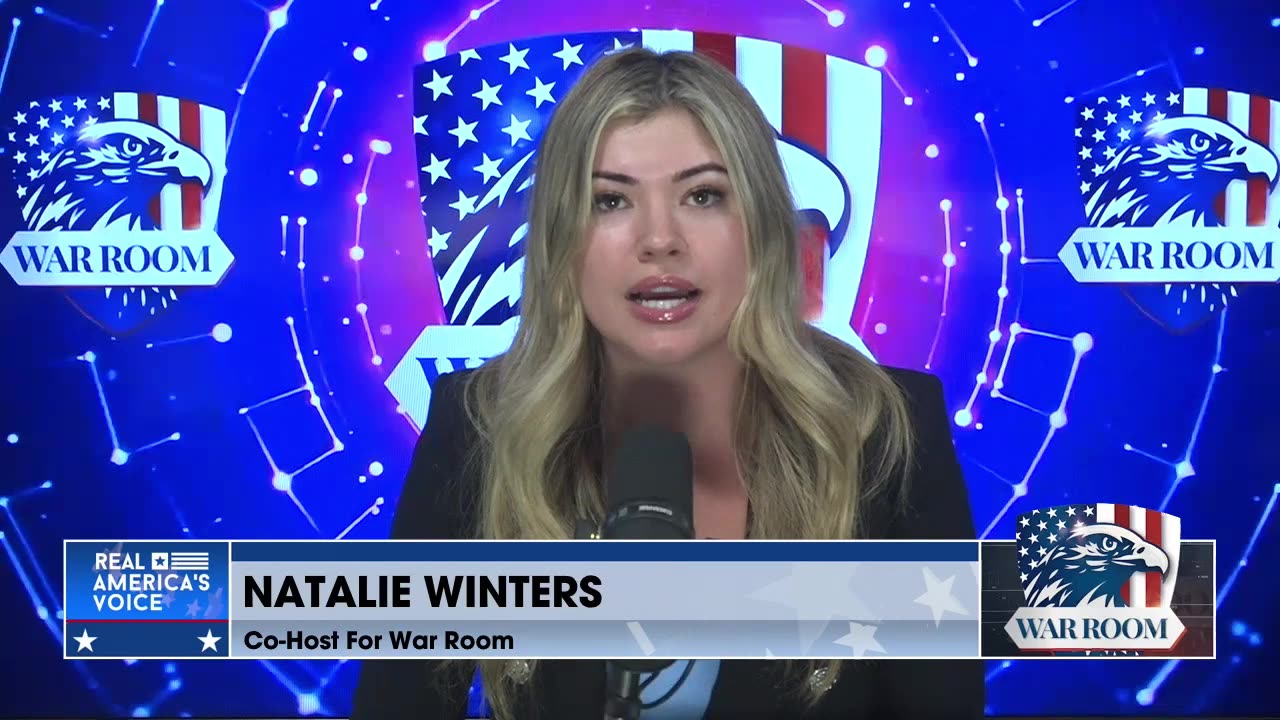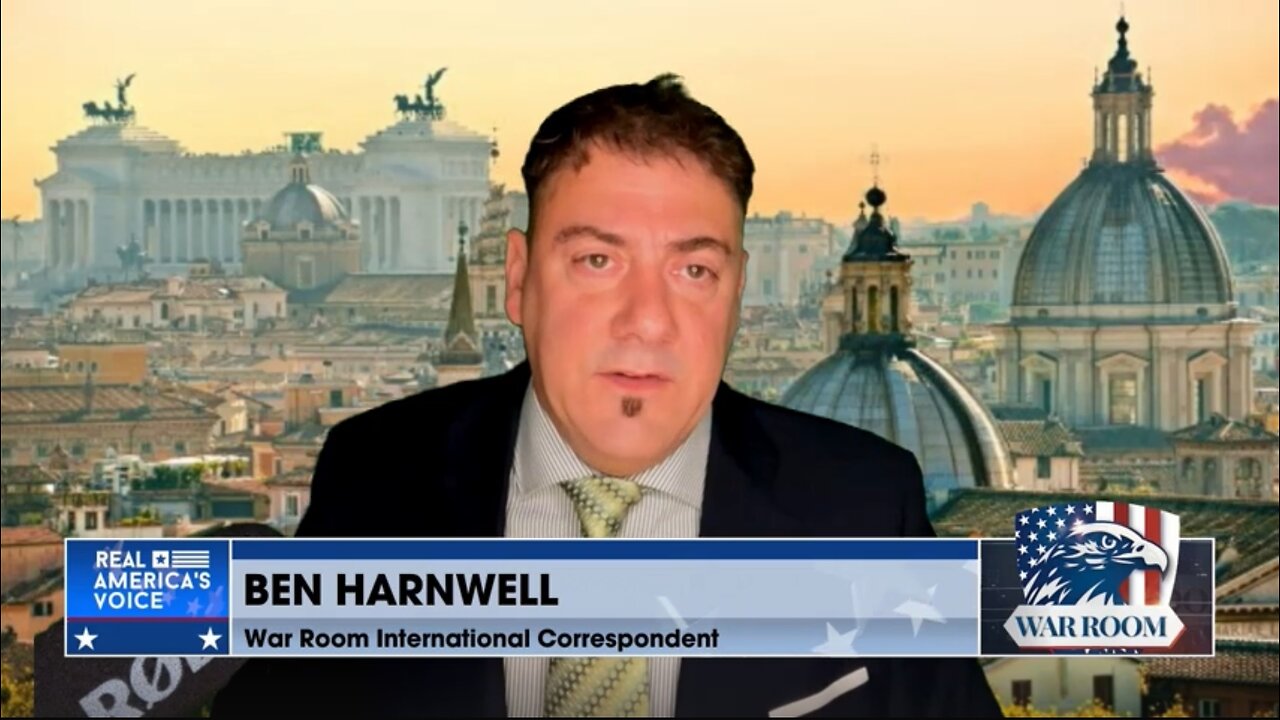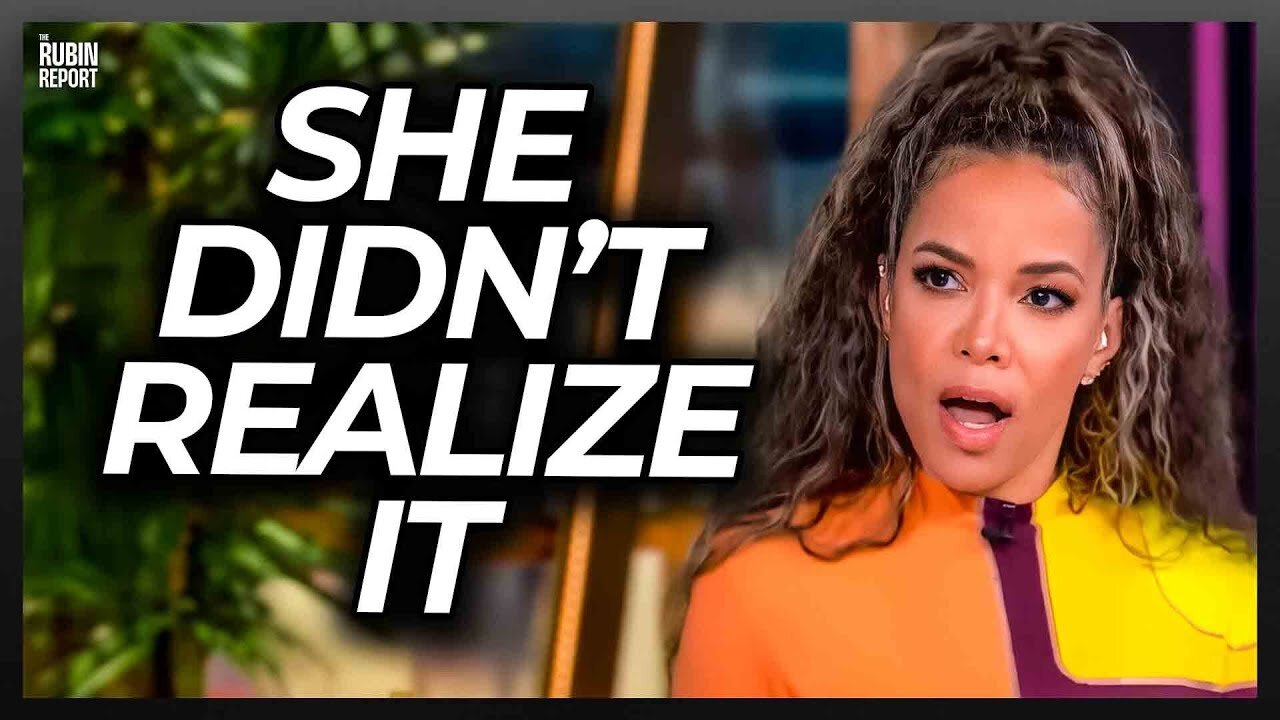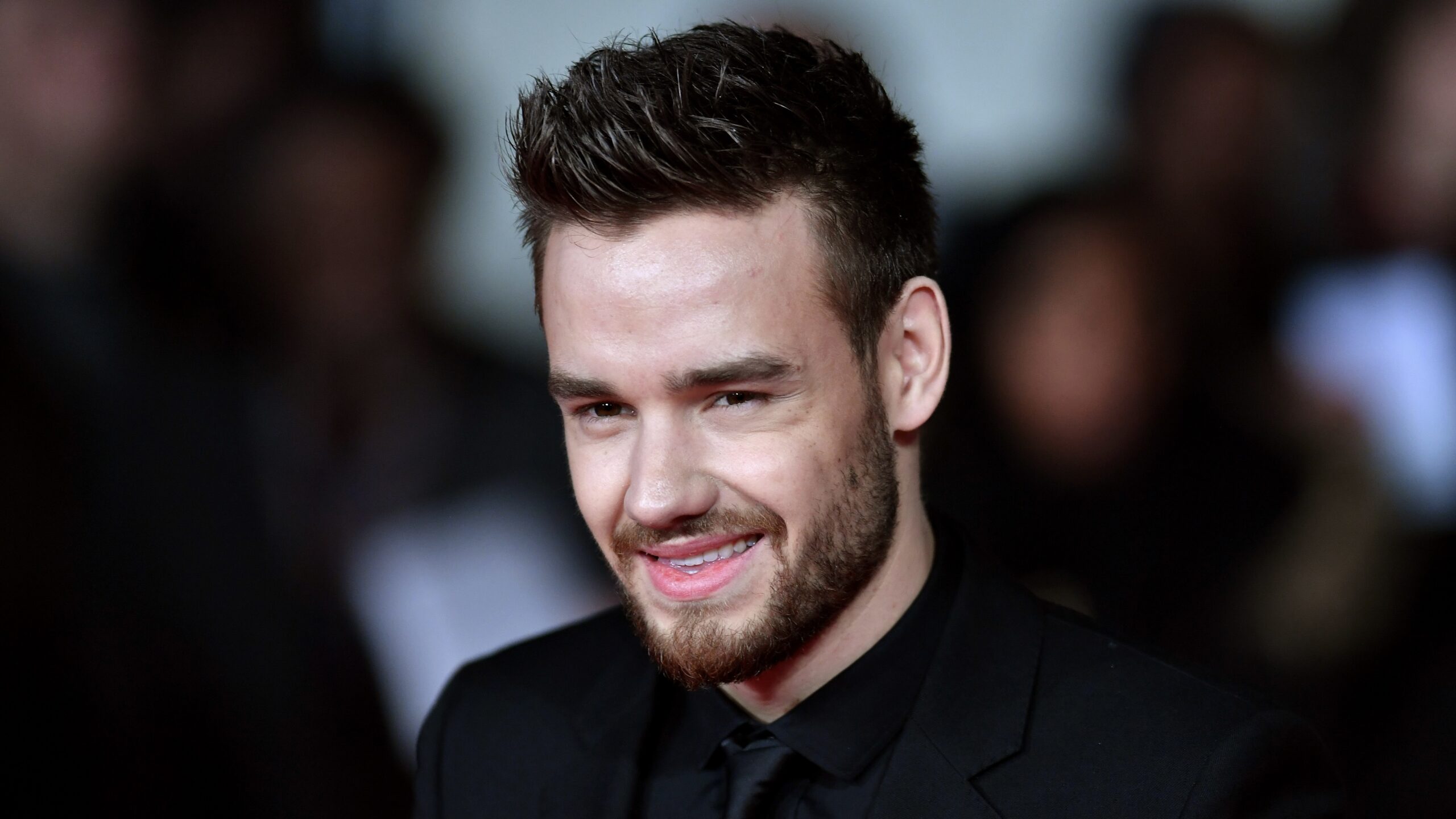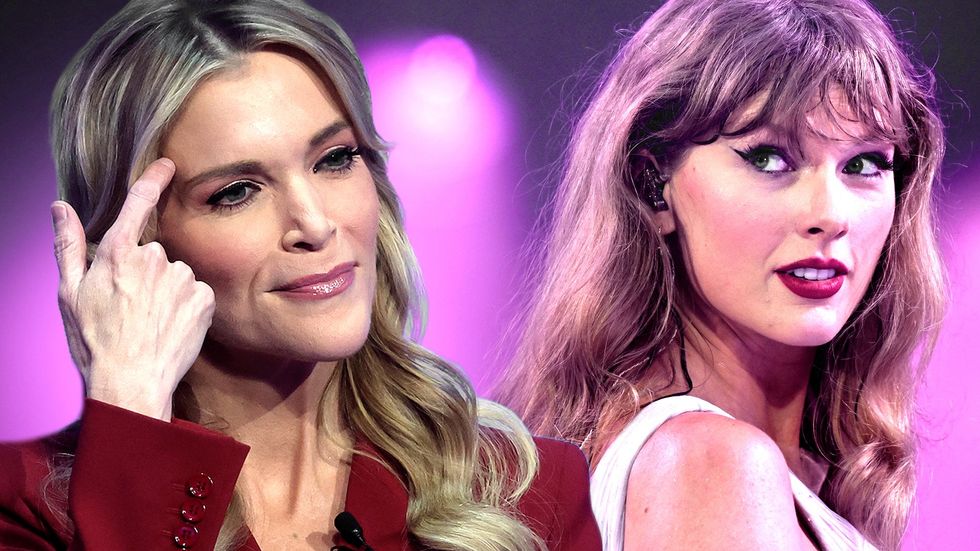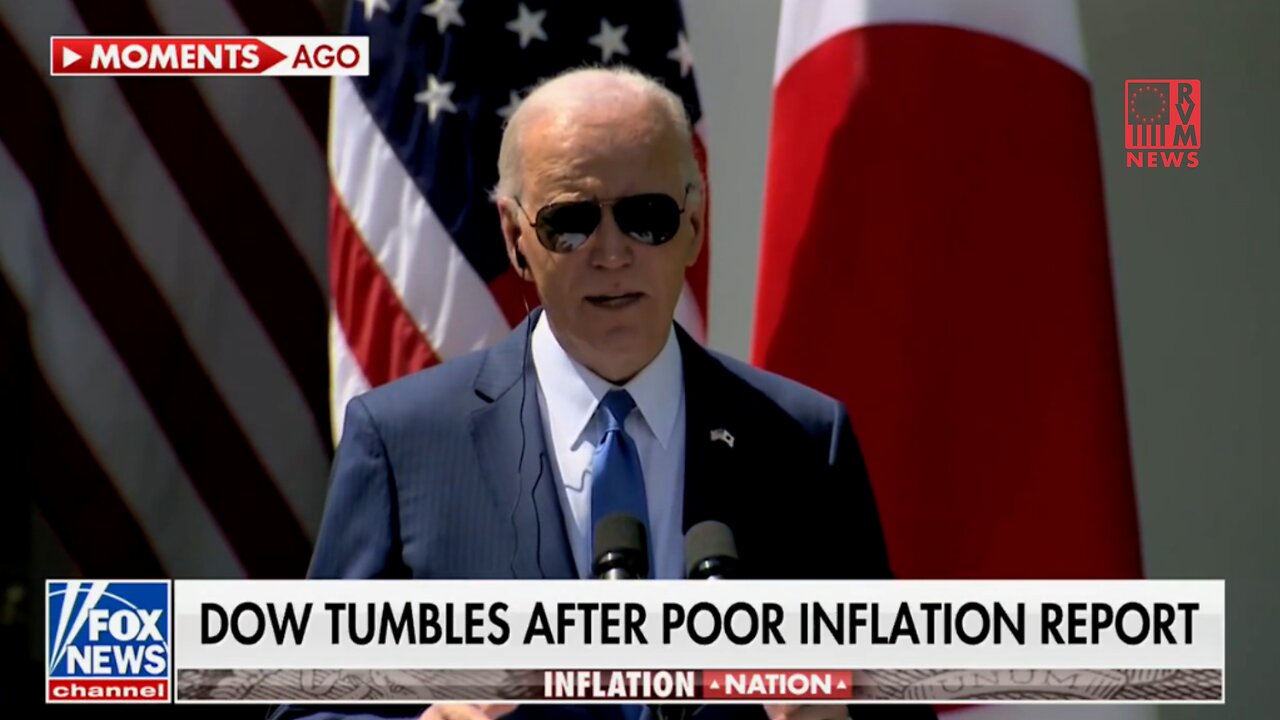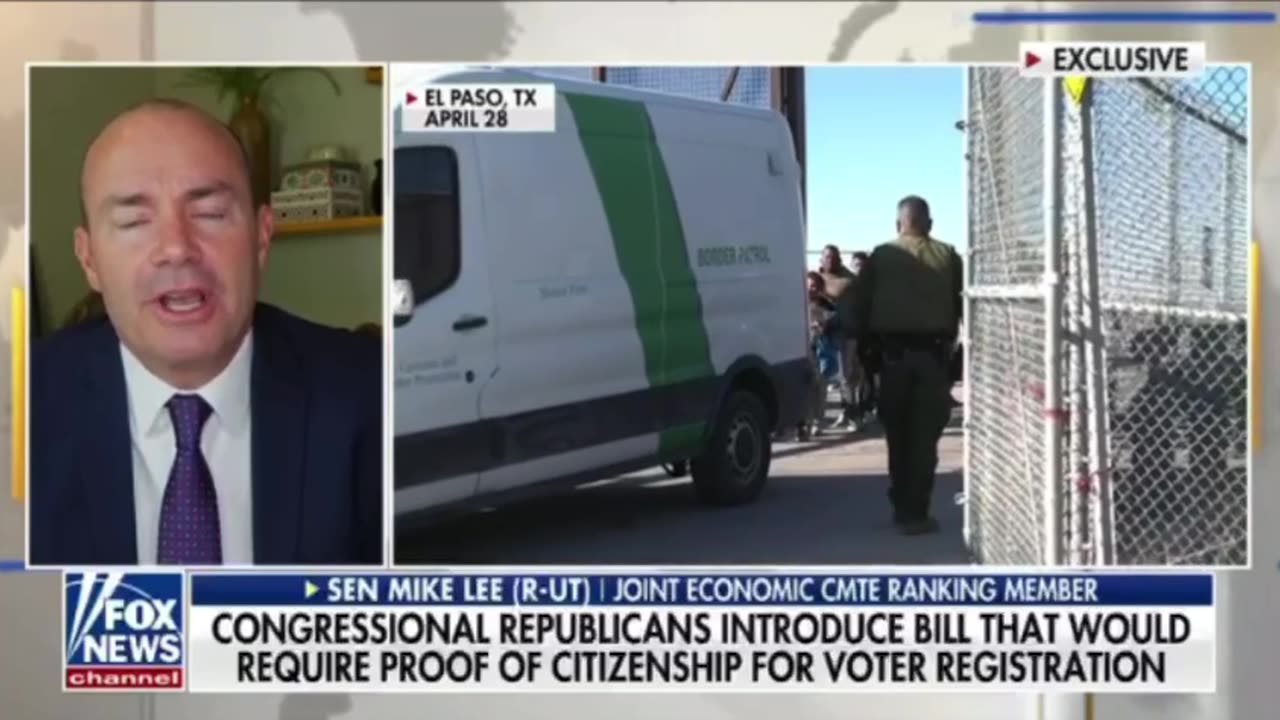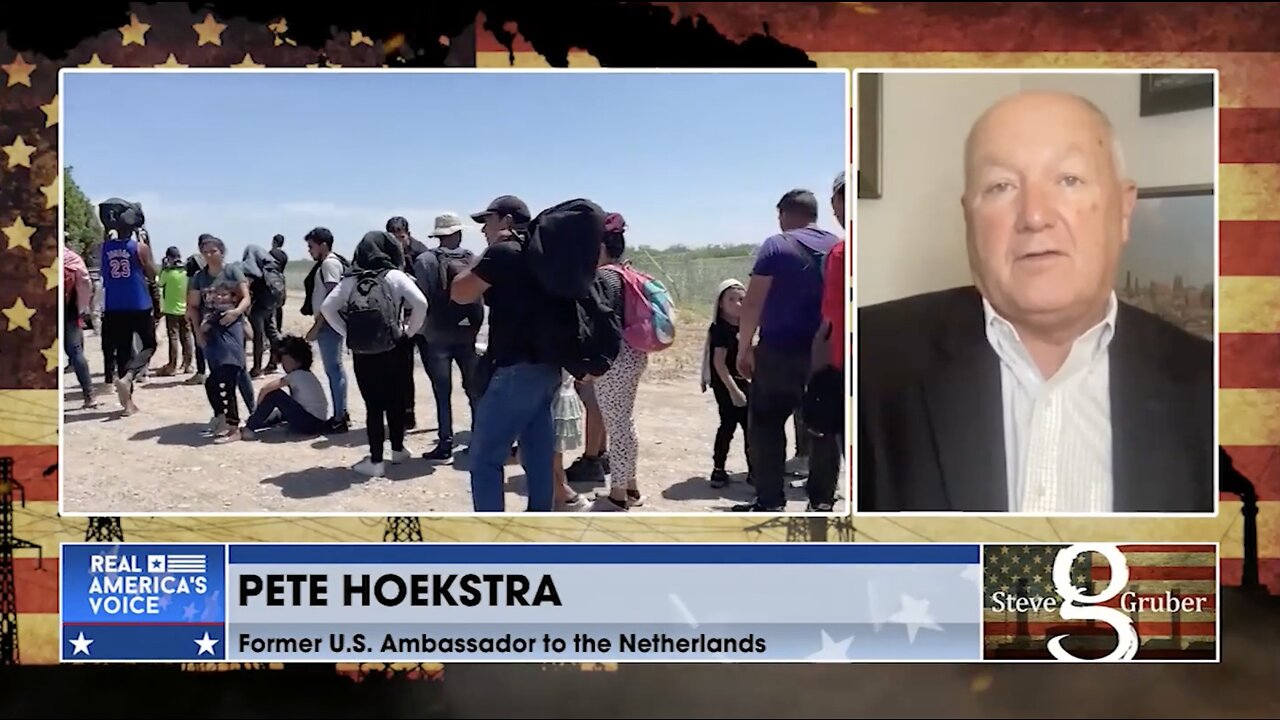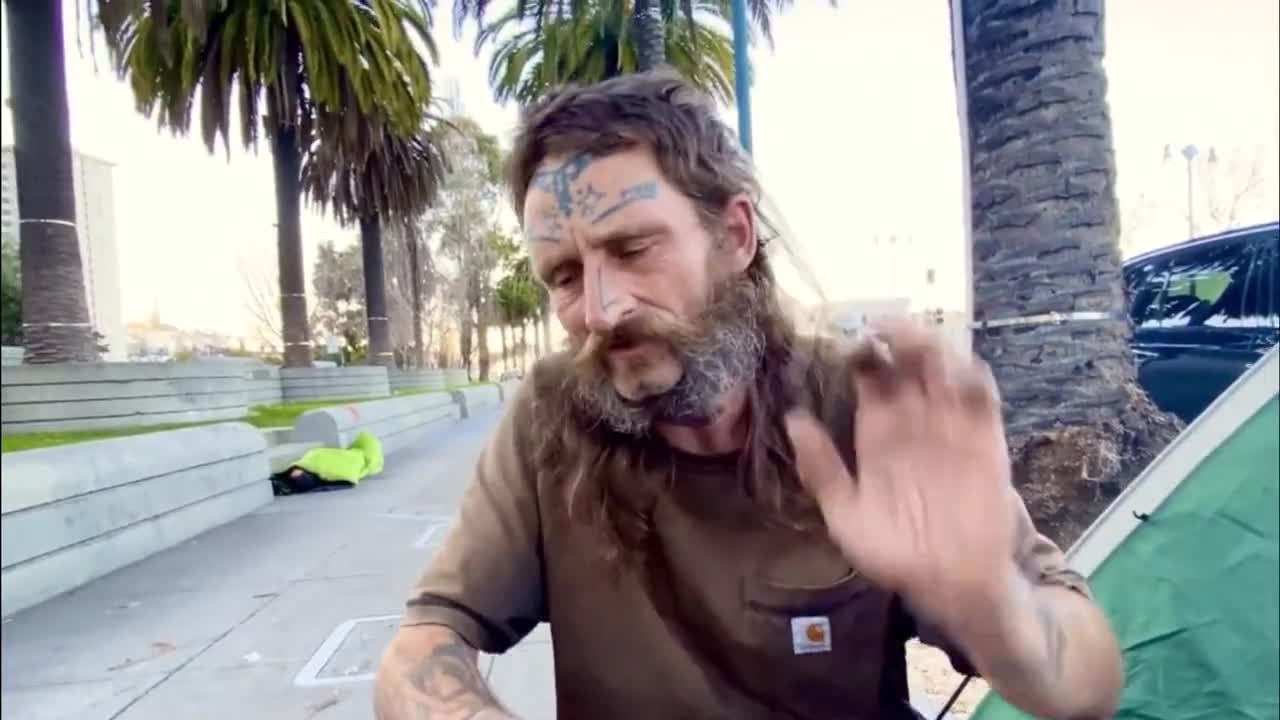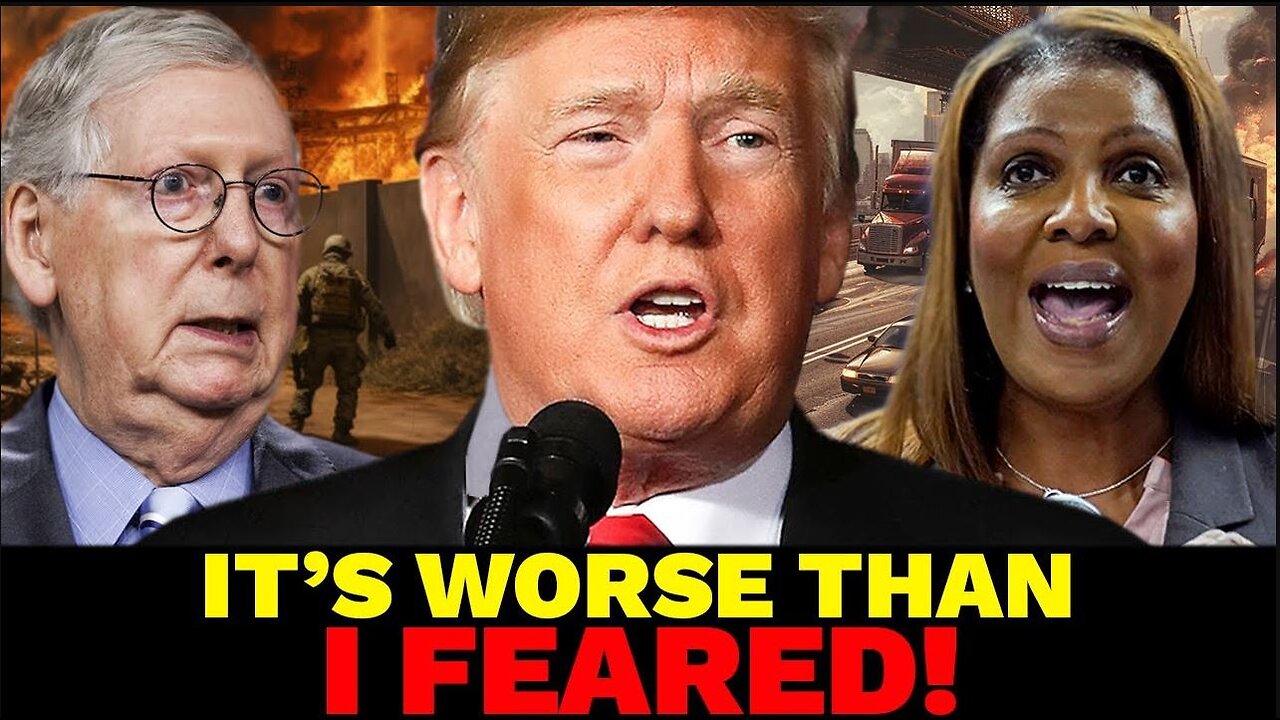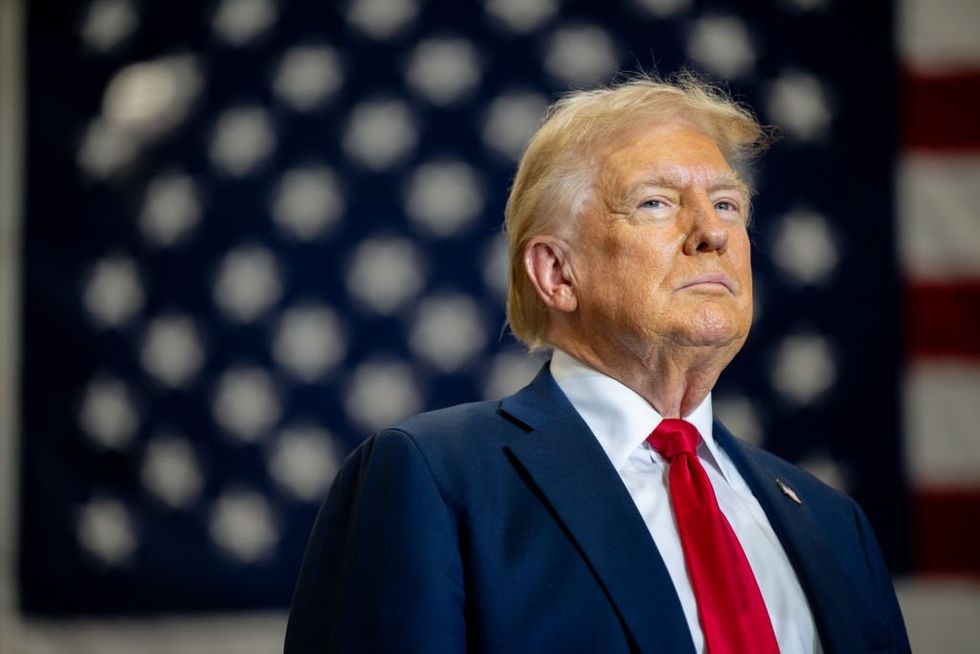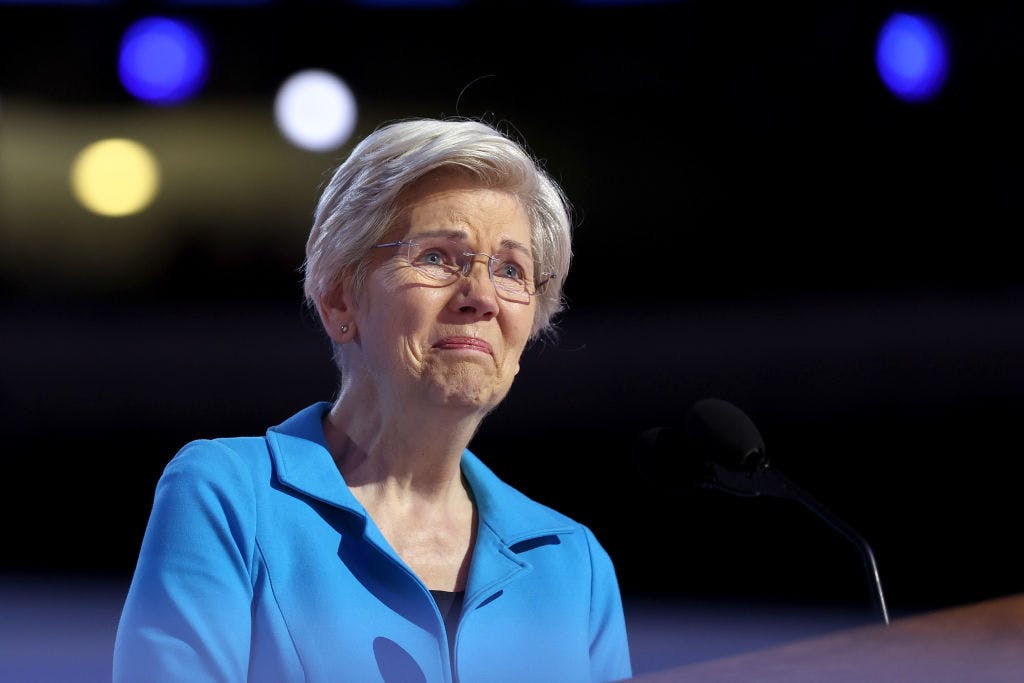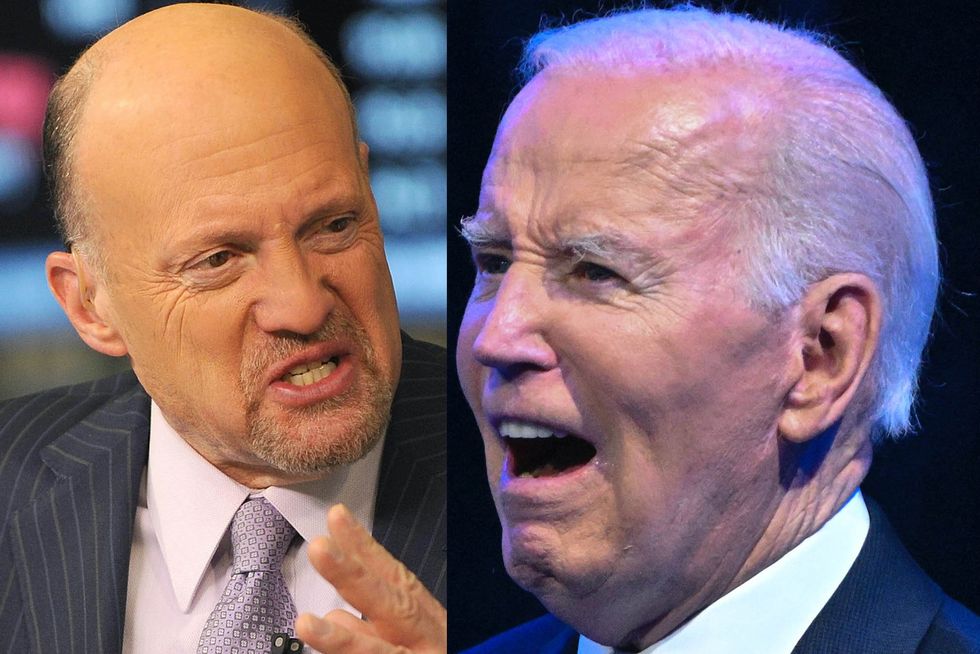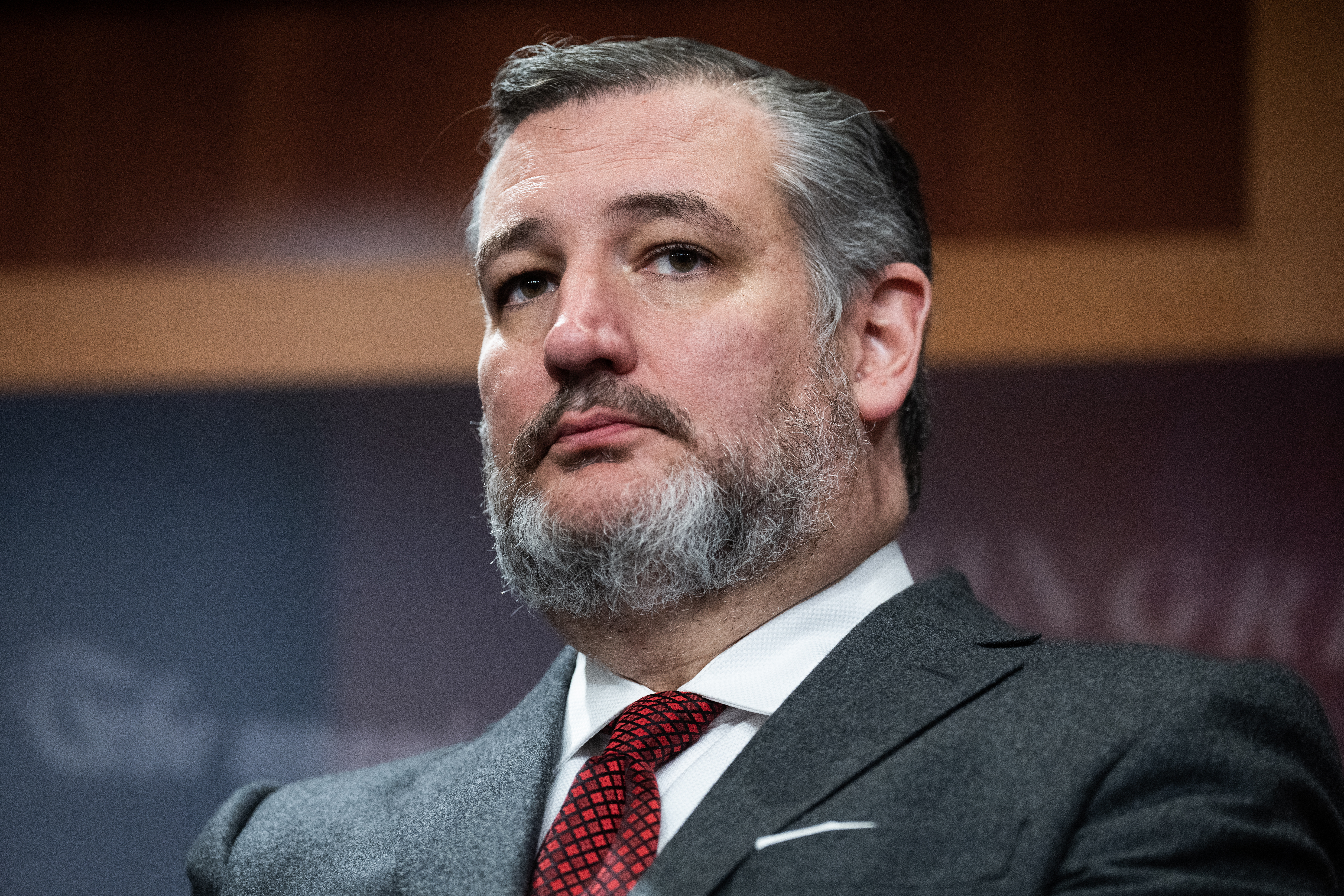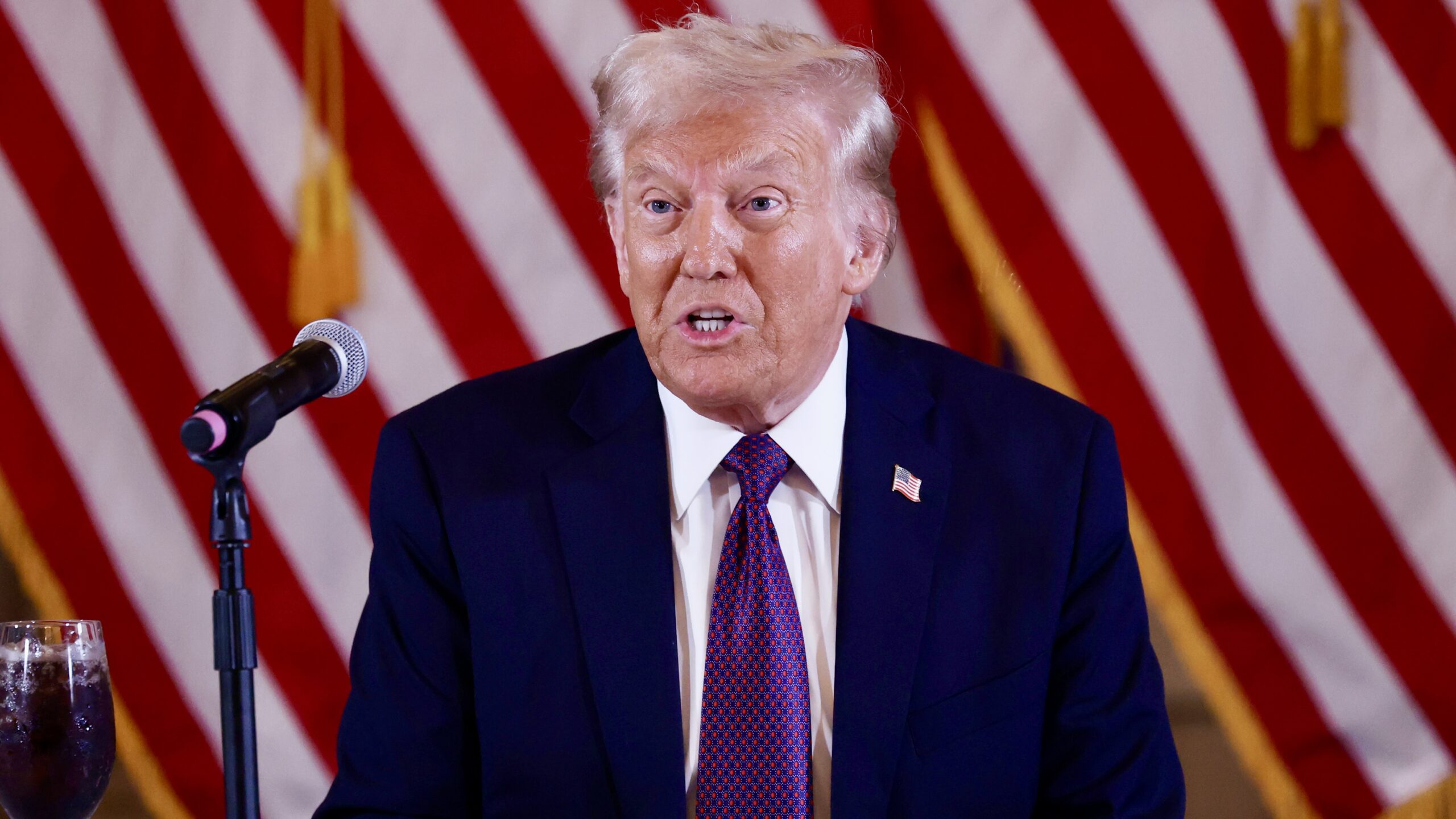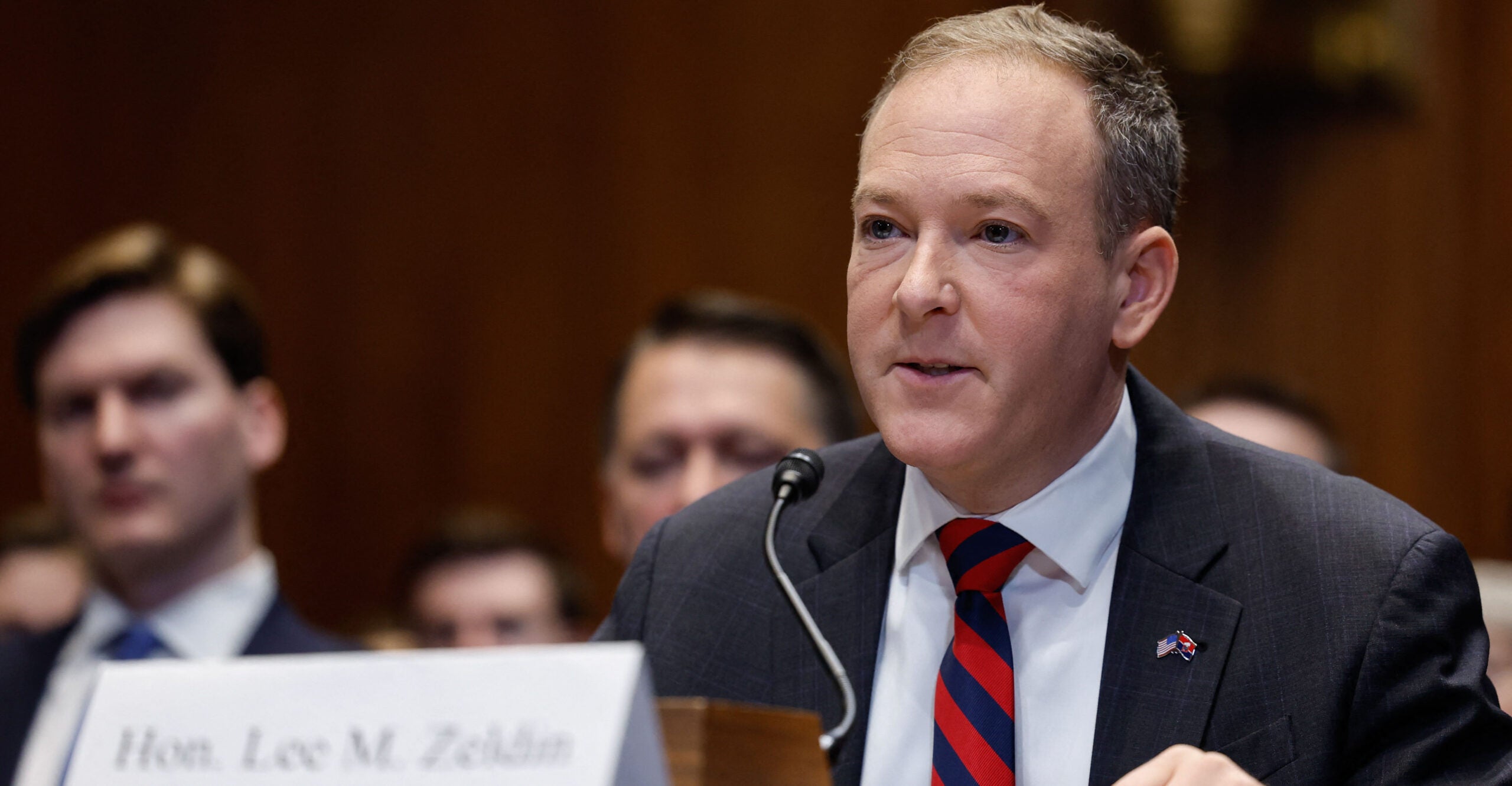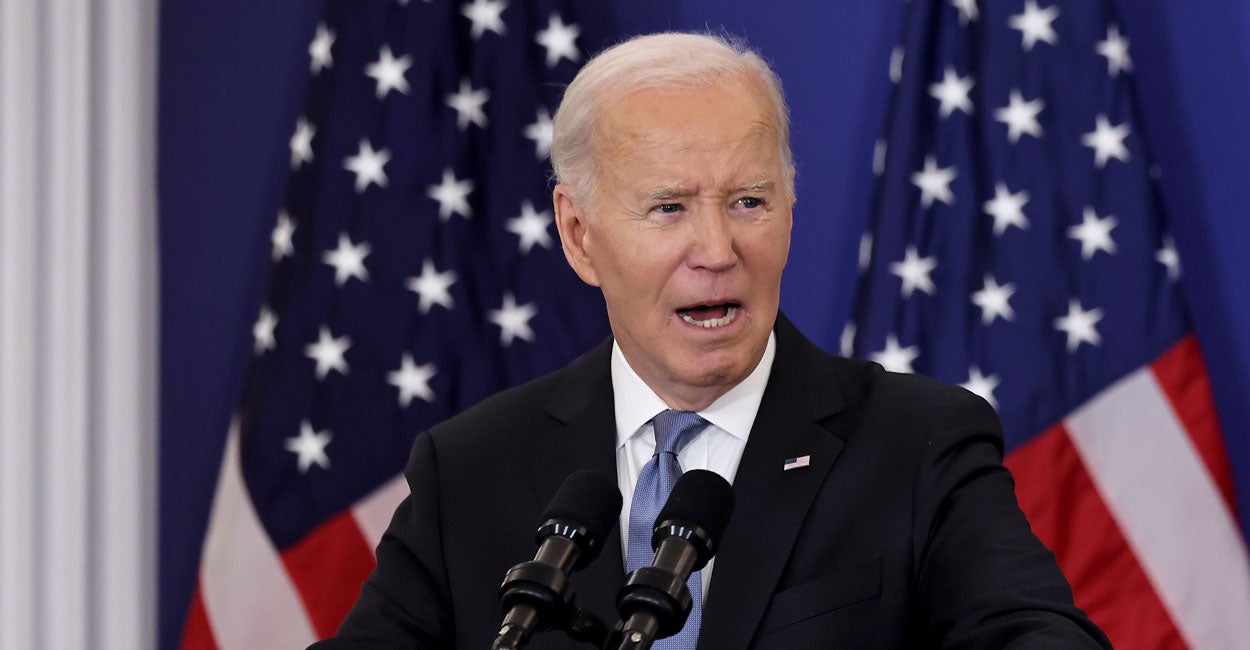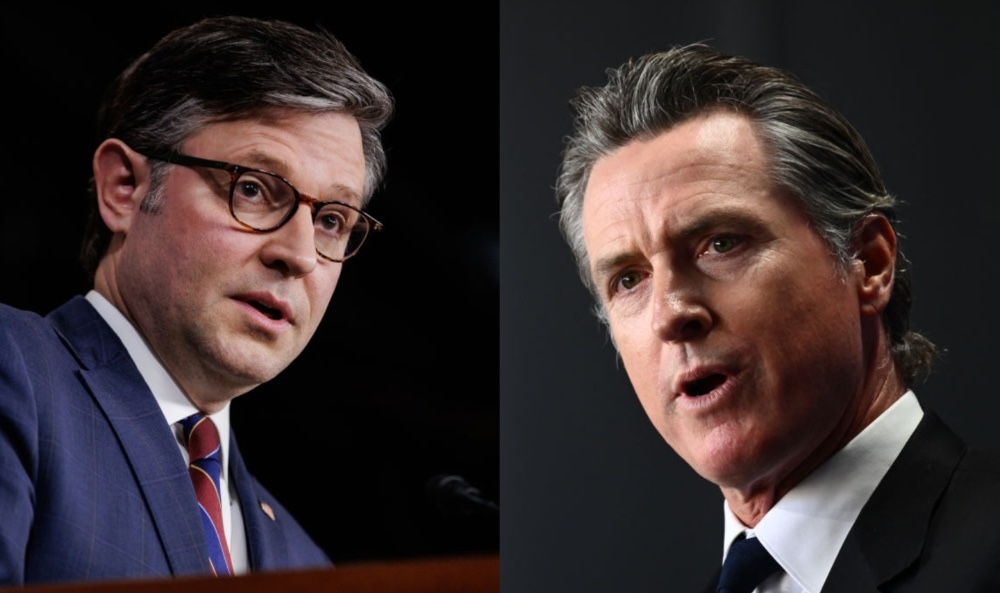Exclusive: How the Capitol Police were set up to fail on January 6
As part of Blaze Media’s three-part mini-documentary series “A Day in the Life of Harry Dunn,” we continue to update readers on how we arrived at this point in our “Truth About January 6” series. You can find part one here. Despite denials from the U.S. Capitol Police and some congressional investigators, evidence quickly emerged after the January 6, 2021, protests and riots that Capitol Police officers were intentionally under-deployed. Testimonies from Capitol Police officers in various Jan. 6 trials, along with radio transmissions and whistleblower statements, have provided many answers. These findings also suggest a coordinated cover-up to keep this information from the American public. If the Capitol Police had been fully deployed that day, the breach likely would not have occurred. Ashli Babbitt and Rosanne Boyland might still be alive, and the Department of Justice’s 1,500 prosecutions — ranging from trespassing to seditious conspiracy — might never have happened. Additionally, members of the Capitol Police, D.C. Metropolitan Police, and several convicted Jan. 6 participants might not have died by suicide in the aftermath. Although I have long suspected that trained provocateurs manipulated the events of January 6 under the watch of the Capitol Police command center, many believe that frontline, uniformed Capitol Police officers were knowingly complicit and even initiated the violence. Video evidence contradicts that claim. Here’s a sample of the social media comments that followed my initial blog series — written before my time at Blaze Media — in which I referred to the Capitol Police as “sacrificial pawns” on January 6: “The Capitol Police were willing participants by following those D.C. fascists’ orders. I have no sympathy for them or their families.” “Don’t sign up to collect a paycheck defending a corrupt government.” “They’re a disgrace to the uniform and America. How f***ing dare they.” “You’re being played.” These comments came from the political right, but the left wasn’t silent either. Some were quite bloodthirsty, suggesting that every Capitol Police officer should have replicated Lt. Michael Byrd’s gunshot and left us with “a thousand more Ashli Babbitts.” Many who called for defunding the police after George Floyd’s death in 2020 suddenly became strong supporters of “Back the Blue” following the events of January 6, 2021. In my January 6 writings, I’ve often stressed that I had to reassess some of my initial assumptions as more evidence surfaced. For example, in my first article about January 6, published on January 13, 2021, I misidentified the officers in “fluorescent-sleeved jackets racing down steps toward the first upper tier above street level” as Capitol Police. They were actually members of the D.C. Metropolitan Police. This may seem like a minor distinction — especially to the “all cops are bastards” crowd — but these details are crucial as we work to uncover and present the full truth of that day. Most importantly, who in the command chain set up or allowed these events to unfold? When it comes to the many unanswered questions, odd circumstances, and unindicted figures, we don’t need to agree on every detail. We also don’t need to agree on each event, video, or police officer’s actions to find common ground on one key point I’ve emphasized about January 6: I saw bad people doing bad things, good people doing good things, and even otherwise good people doing really stupid things. This observation applies to both individual protesters and police officers. There were heroes and villains on both sides of that thin blue line on January 6. My questions about the Capitol Police’s deployment, orders, and actions on January 6 began with my first published article. From the moment my Uber driver dropped me off at the Washington Monument around 9:30 a.m. until I reached the lower west terrace of the Capitol Building at exactly 1:19 p.m., neither I nor my camera saw a single law enforcement officer. My video captured no police presence at the Washington Monument lawn on January 6.Screenshot/Steve Baker As the crowd swelled from tens of thousands to hundreds of thousands, it was hard to imagine not seeing any police presence among such a massive group in the nation’s capital. Police and Secret Service officers heavily guarded the Ellipse stage, where President Trump was set to speak, but the crowd’s density kept me from entering that area. When I eventually started walking from the Washington Monument lawn toward the Capitol Building again, I still didn’t see or capture on camera a single police officer. As I approached the Peace Monument, sirens signaled the arrival of D.C. Metro Police units. At the Reflecting Pool, I finally spotted Metro Police officers in fluorescent jackets streaming down the Capitol steps toward the lower west terrace. I then heard the first flash-bang grenades and saw tear gas rele
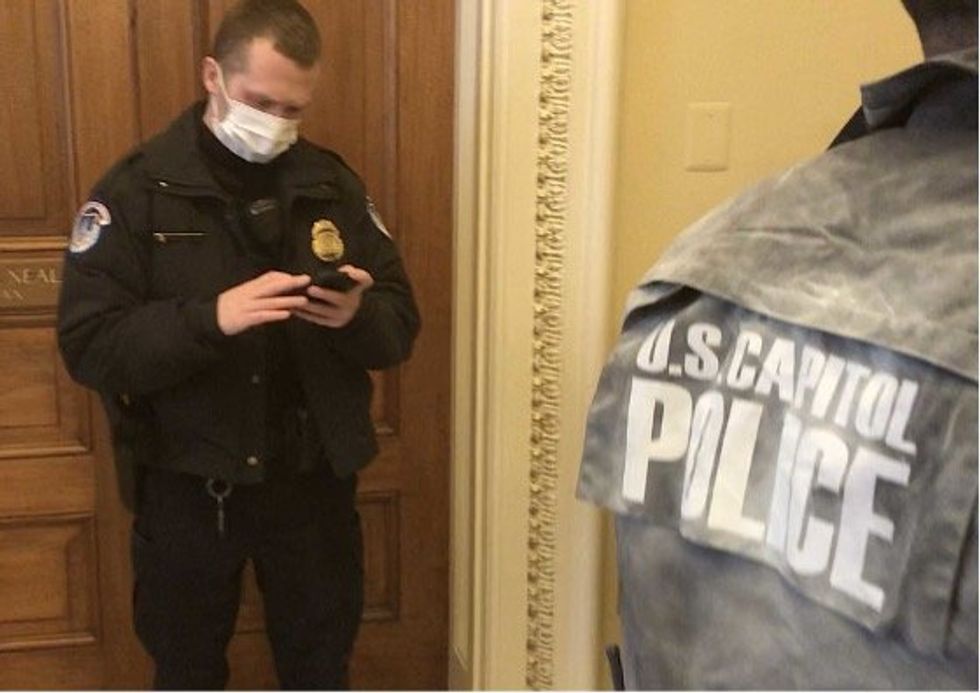

As part of Blaze Media’s three-part mini-documentary series “A Day in the Life of Harry Dunn,” we continue to update readers on how we arrived at this point in our “Truth About January 6” series. You can find part one here.
Despite denials from the U.S. Capitol Police and some congressional investigators, evidence quickly emerged after the January 6, 2021, protests and riots that Capitol Police officers were intentionally under-deployed.
Testimonies from Capitol Police officers in various Jan. 6 trials, along with radio transmissions and whistleblower statements, have provided many answers. These findings also suggest a coordinated cover-up to keep this information from the American public.
If the Capitol Police had been fully deployed that day, the breach likely would not have occurred. Ashli Babbitt and Rosanne Boyland might still be alive, and the Department of Justice’s 1,500 prosecutions — ranging from trespassing to seditious conspiracy — might never have happened. Additionally, members of the Capitol Police, D.C. Metropolitan Police, and several convicted Jan. 6 participants might not have died by suicide in the aftermath.
Although I have long suspected that trained provocateurs manipulated the events of January 6 under the watch of the Capitol Police command center, many believe that frontline, uniformed Capitol Police officers were knowingly complicit and even initiated the violence. Video evidence contradicts that claim.
Here’s a sample of the social media comments that followed my initial blog series — written before my time at Blaze Media — in which I referred to the Capitol Police as “sacrificial pawns” on January 6:
“The Capitol Police were willing participants by following those D.C. fascists’ orders. I have no sympathy for them or their families.”
“Don’t sign up to collect a paycheck defending a corrupt government.”
“They’re a disgrace to the uniform and America. How f***ing dare they.”
“You’re being played.”
These comments came from the political right, but the left wasn’t silent either. Some were quite bloodthirsty, suggesting that every Capitol Police officer should have replicated Lt. Michael Byrd’s gunshot and left us with “a thousand more Ashli Babbitts.” Many who called for defunding the police after George Floyd’s death in 2020 suddenly became strong supporters of “Back the Blue” following the events of January 6, 2021.
In my January 6 writings, I’ve often stressed that I had to reassess some of my initial assumptions as more evidence surfaced. For example, in my first article about January 6, published on January 13, 2021, I misidentified the officers in “fluorescent-sleeved jackets racing down steps toward the first upper tier above street level” as Capitol Police. They were actually members of the D.C. Metropolitan Police.
This may seem like a minor distinction — especially to the “all cops are bastards” crowd — but these details are crucial as we work to uncover and present the full truth of that day. Most importantly, who in the command chain set up or allowed these events to unfold?
When it comes to the many unanswered questions, odd circumstances, and unindicted figures, we don’t need to agree on every detail. We also don’t need to agree on each event, video, or police officer’s actions to find common ground on one key point I’ve emphasized about January 6: I saw bad people doing bad things, good people doing good things, and even otherwise good people doing really stupid things.
This observation applies to both individual protesters and police officers. There were heroes and villains on both sides of that thin blue line on January 6.
My questions about the Capitol Police’s deployment, orders, and actions on January 6 began with my first published article. From the moment my Uber driver dropped me off at the Washington Monument around 9:30 a.m. until I reached the lower west terrace of the Capitol Building at exactly 1:19 p.m., neither I nor my camera saw a single law enforcement officer.
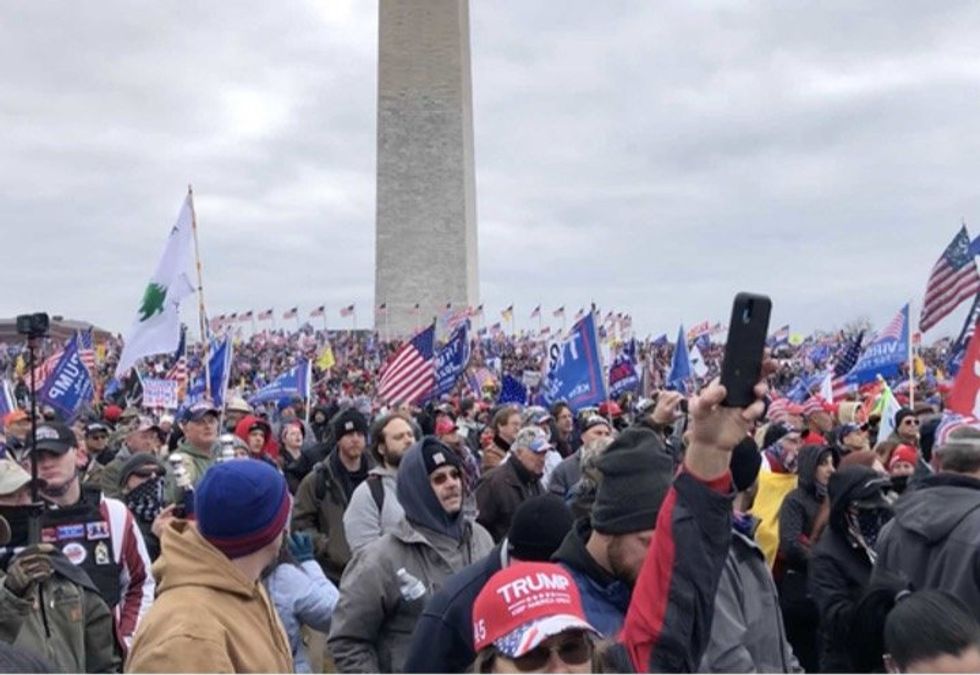 My video captured no police presence at the Washington Monument lawn on January 6.Screenshot/Steve Baker
My video captured no police presence at the Washington Monument lawn on January 6.Screenshot/Steve Baker
As the crowd swelled from tens of thousands to hundreds of thousands, it was hard to imagine not seeing any police presence among such a massive group in the nation’s capital. Police and Secret Service officers heavily guarded the Ellipse stage, where President Trump was set to speak, but the crowd’s density kept me from entering that area. When I eventually started walking from the Washington Monument lawn toward the Capitol Building again, I still didn’t see or capture on camera a single police officer.
As I approached the Peace Monument, sirens signaled the arrival of D.C. Metro Police units. At the Reflecting Pool, I finally spotted Metro Police officers in fluorescent jackets streaming down the Capitol steps toward the lower west terrace.
I then heard the first flash-bang grenades and saw tear gas released on the lower west terrace. No barricades or police lines blocked my way — initial agitators and provocateurs had removed them about 20 to 25 minutes earlier — so I ran to the terrace and began recording the violence at exactly 1:19 p.m., just three minutes after President Trump left the Ellipse stage, more than a mile away.
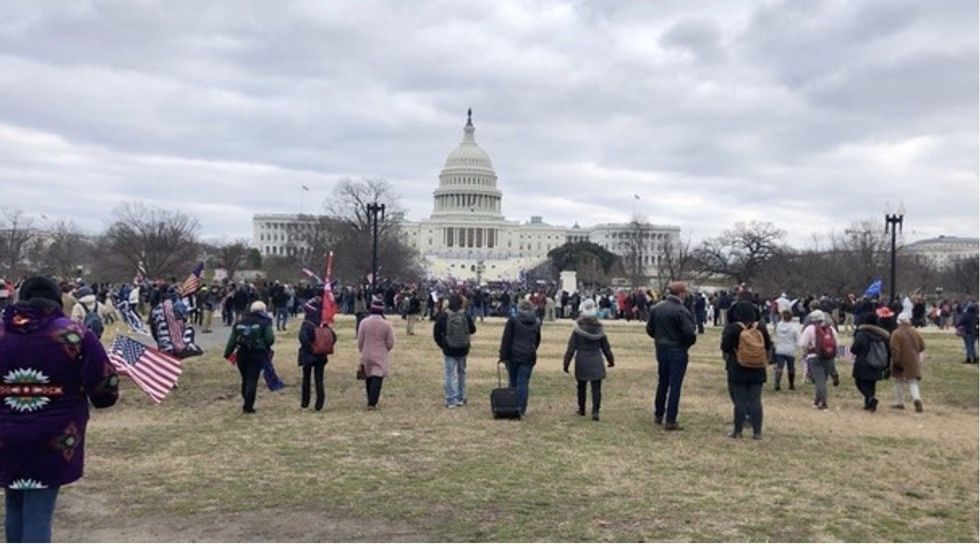 A screenshot from my video as I approached the Capitol on January 6, 2021.Screenshot/Steve Baker
A screenshot from my video as I approached the Capitol on January 6, 2021.Screenshot/Steve Baker
For a year, I publicly asked: "Why wasn’t there a police presence on the Washington Monument lawn? Why didn’t I see any police on the mile-long walk to the Capitol?" and "Why were so few Capitol Police officers on duty at the Capitol, considering the planned rallies, marches, and legally permitted events on the Capitol lawn that day?"
I initially estimated that fewer than 200 Capitol Police officers were at the Capitol on January 6. A year later, on the anniversary of the event, I returned to D.C. to seek answers. I asked patrolling Capitol Police officers those questions, and I also wanted to know what orders they received that day. I was particularly interested in what seemed like a "stand-down" or "pull-back" order at around 2:00 p.m.
None of the officers I approached on the streets or at the Capitol would answer. At the time, I didn’t know about the nondisclosure agreements Capitol Police had signed under Yogananda Pittman during her seven-month tenure as acting chief of police.
On December 16, 2021, Forbes made a convoluted attempt to answer the question about Capitol Police deployment on January 6:
USCP documents show that at 2 p.m. on that day, only 1,214 officers were “on site” across the Capitol complex of buildings. Congressional investigators concluded, however, that USCP could only account for 417 officers and could not account for the whereabouts of the remaining 797 officers.
In late 2022, when I first met with former Capitol Police officer turned whistleblower Lt. Tarik Johnson, he confirmed that my initial estimate of “fewer than 200” Capitol Police officers at the Capitol Building during the first wave of violence on January 6 was accurate.
Johnson explained that during previous protest events, the standard operating procedure required an “all hands on deck” approach for Capitol Police. On those days, officers working the night shift were required to stay and work a double shift through the next day. But on January 6, Capitol Police command sent those officers home after their shifts, treating it like a routine day at the office.
In a follow-up phone conversation, Johnson revealed more about the deceptions Capitol Police leadership spread regarding force deployment on January 6. Addressing internal department and congressional investigations that claimed officials “could not account for the whereabouts of the remaining 797 officers,” Johnson said, "It's a bald-faced lie, and you can quote me on that."
Johnson explained that all Capitol Police officers clock in and clock out electronically at the start and end of each shift. Once clocked in, each officer is tracked throughout the tour of duty, making it impossible for their commanders not to know their whereabouts. This information should still be available in the computer logs — assuming the logs haven’t been erased.
When asked why Capitol Police leadership would cover up information about force deployment, Johnson responded, “Because they don’t want to tell you where the officers were or what they were doing. They don’t want anyone to know how many of our officers were on administrative leave that day.”
My investigations, which include interviews with Capitol Police officers and congressional investigators, revealed further embarrassment, as several officers went into hiding once the violence began, locking themselves in offices and closets.
Another key issue involves the “diversion events,” when two pipe bombs were coincidentally discovered within minutes of the first provocateurs breaching the west side Capitol barricade. The pipe bombs were found at both the Republican National Committee and Democratic National Committee headquarters — two of nearly 20 buildings under the Capitol Police’s security purview.
Johnson couldn’t estimate how many officers were diverted to the RNC and DNC after the bombs were discovered. However, he emphasized that the emergency response still doesn’t account for the missing whereabouts of 797 officers. He noted that exact records of how many officers were diverted, and precisely who, should be easily retrievable from Capitol Police computer records.
Set up to fail?
The first Oath Keepers trial featured the testimony of Stephen Brown, a Florida-based event planner hired by the controversial figure Ali Alexander, a Trump supporter and founder of Stop the Steal. Brown’s job was to secure permits from the Capitol Police for an event on the Capitol grounds. He was also responsible for organizing the rental of the staging and public address system and coordinating the scheduling of VIP speakers and stage security, handled by members of the Oath Keepers.
Brown testified that he had previously planned many protest events in the nation’s capital, with attendance ranging from as few as 5,000 to as many as 300,000 protesters.
Under direct examination by Oath Keeper Kelly Meggs’ defense attorney Stanley Woodward, Brown described the surprisingly small presence of Capitol officers during the delivery and setup of the staging and PA system. He noted that at previous events he’d organized on Capitol grounds, he had seen “three, four, even five times the size of police presence, including SWAT teams,” compared to what was present on January 6.
The inconvenient truth is that my camera, Stephen Brown’s testimony, and statements by Lt. Johnson and other Capitol Police officers suggest a deliberate under-deployment of officers that day — a day in which we now know, and as I have previously written:
Capitol Police Chief Steven Sund, Asst. Chief Yogananda Pittman, head of protective and intelligence operations, the D.C. Metro Police, the United States Park Police, the White House, the Pentagon, the National Guard, both the Senate and House of Representative Sergeants-at-Arms, Nancy Pelosi, Mitch McConnell, the FBI, and other federal agencies all knew that tens of thousands of protestors would be descending upon the Capitol grounds that day.
An unnamed Capitol Police officer, just days after the melee, told the Associated Press, “During the 4th of July concerts and the Memorial Day concerts, we don’t have people come up and say, ‘We’re going to seize the Capitol.’ But yet, you bring everybody in, you meet before. That never happened for this event.”
According to the Washington Post, only a week after the Capitol was breached, “an FBI office in Virginia issued an explicit warning that extremists were preparing to travel to Washington to commit violence and ‘war,’ according to an internal document reviewed by The Washington Post.”
Instead of “all hands on deck,” frontline Capitol Police officers were somewhere between one-tenth to one-fifth strength when it came time to respond to what was coming their way. Whether an operational failure or deliberate under-deployment, this set up the circumstances enabling the breach of the Capitol Building by a relatively small number of aggressive and violent rioters.
Ultimately, it remains inexplicable why only 200 to 300 violent perpetrators wielding sticks, flagpoles, clubs, and bear spray were able to overpower two fully armed law enforcement agencies, the tactical units of nearly every three-letter federal agency, and an unknown number of undercover law enforcement assets to breach what is supposed to be one of the most secure government facilities in the world.
Unless, of course, they were set up to fail. Most Capitol Police officers on duty that day believe that to be the case.
This would explain why Capitol Police union members gave then-acting Chief Yogananda Pittman a 92% “no-confidence” vote only five weeks after her curiously absent leadership from their command center on January 6.
Originally Published at Daily Wire, World Net Daily, or The Blaze
What's Your Reaction?
















